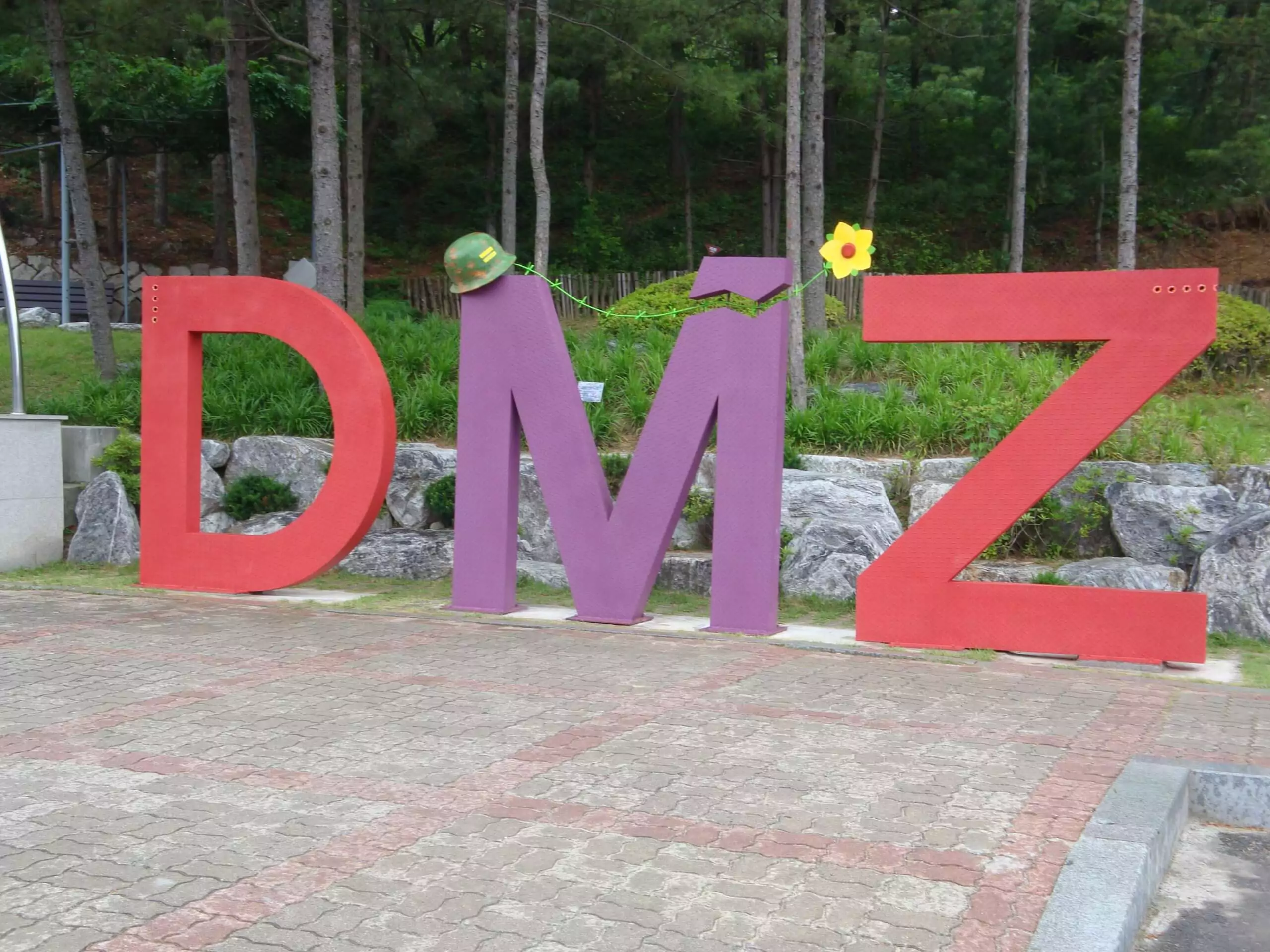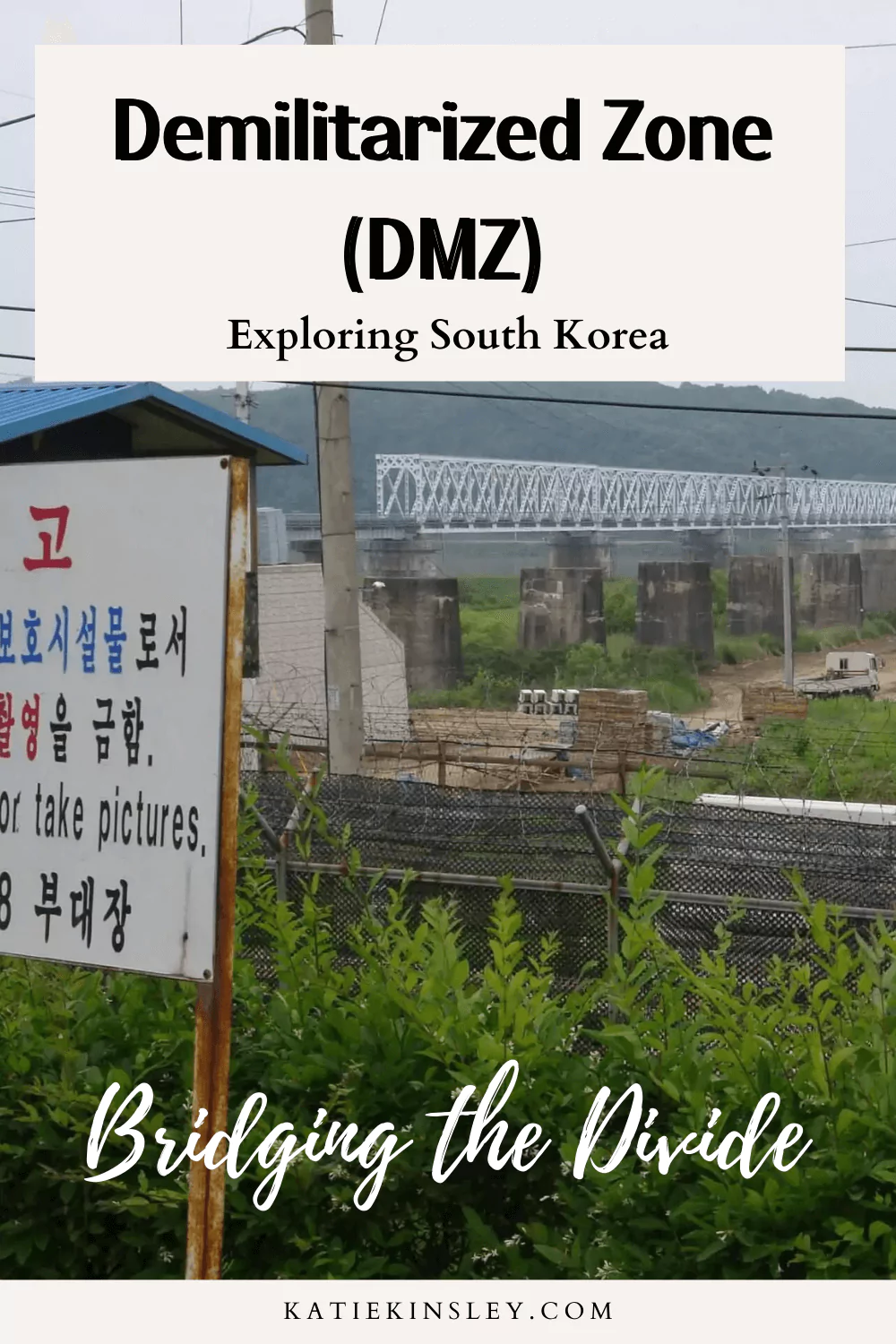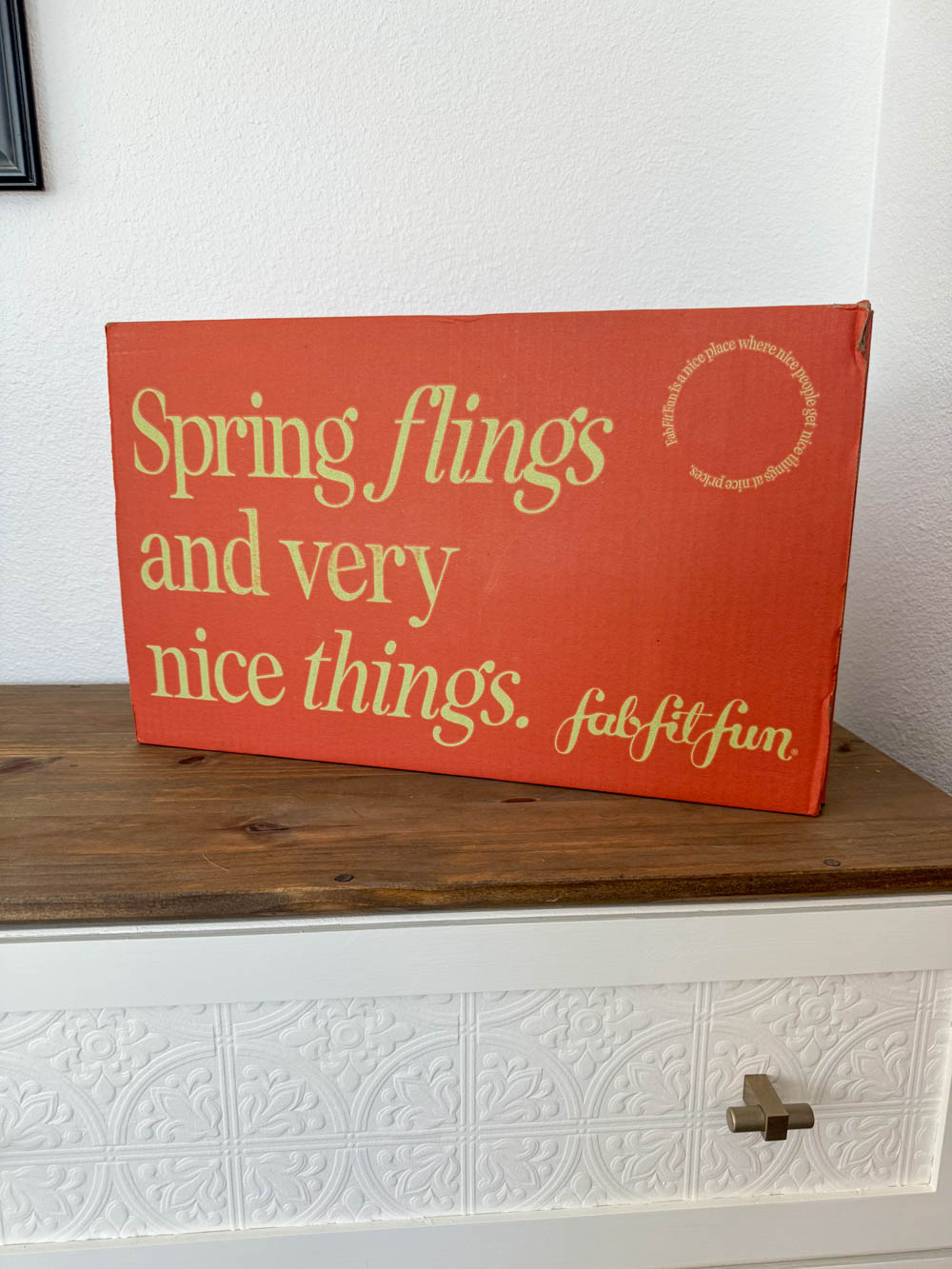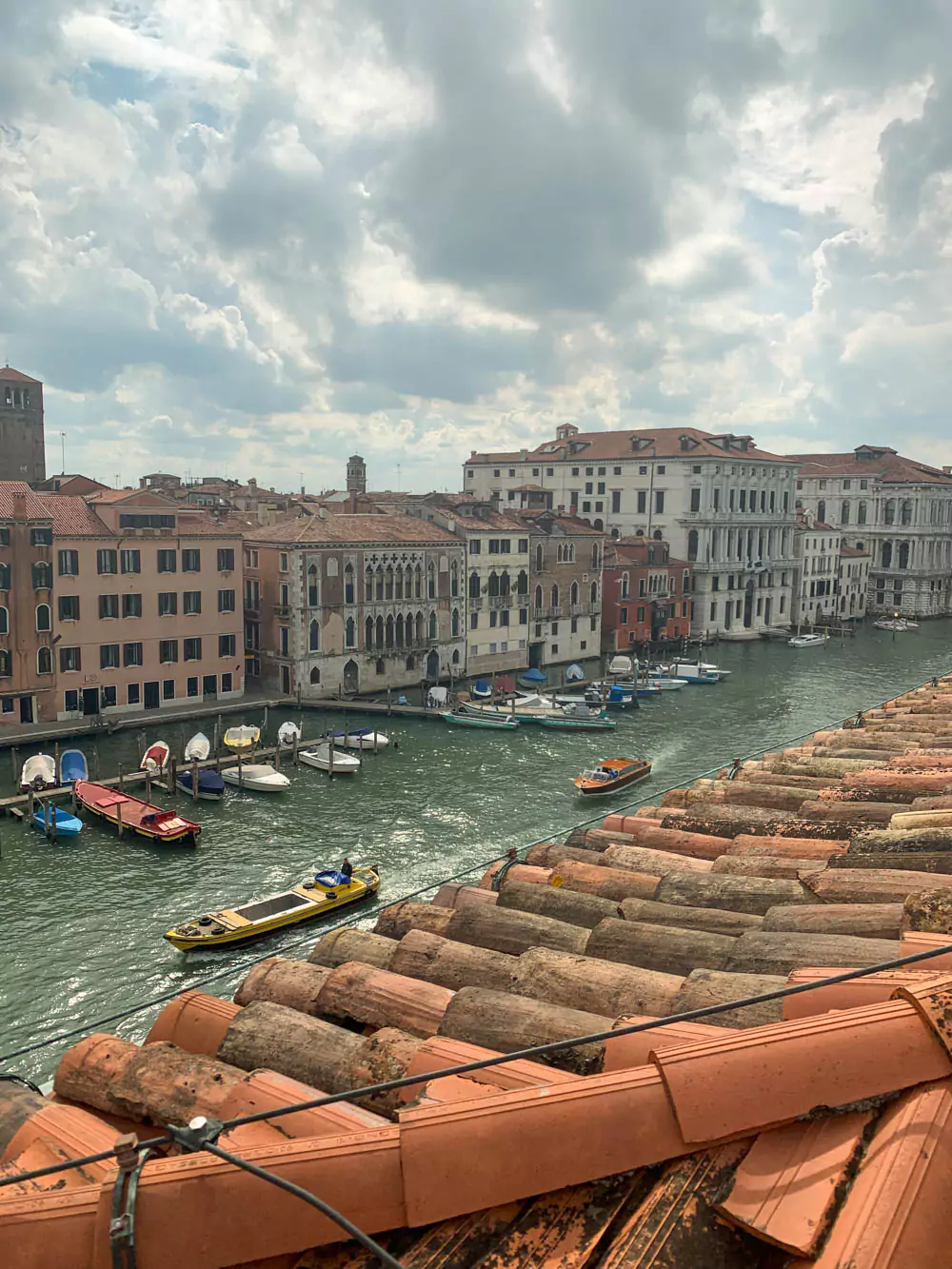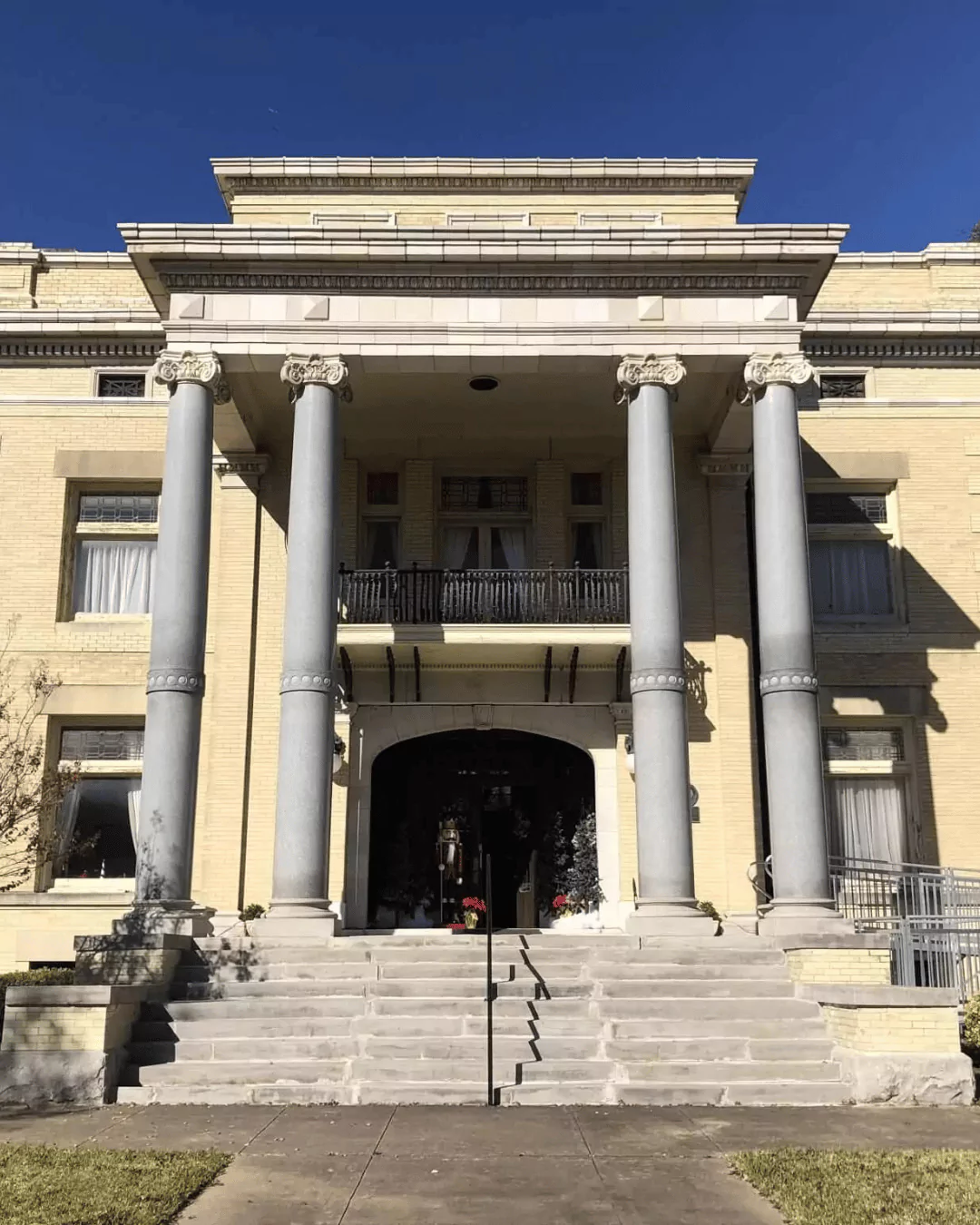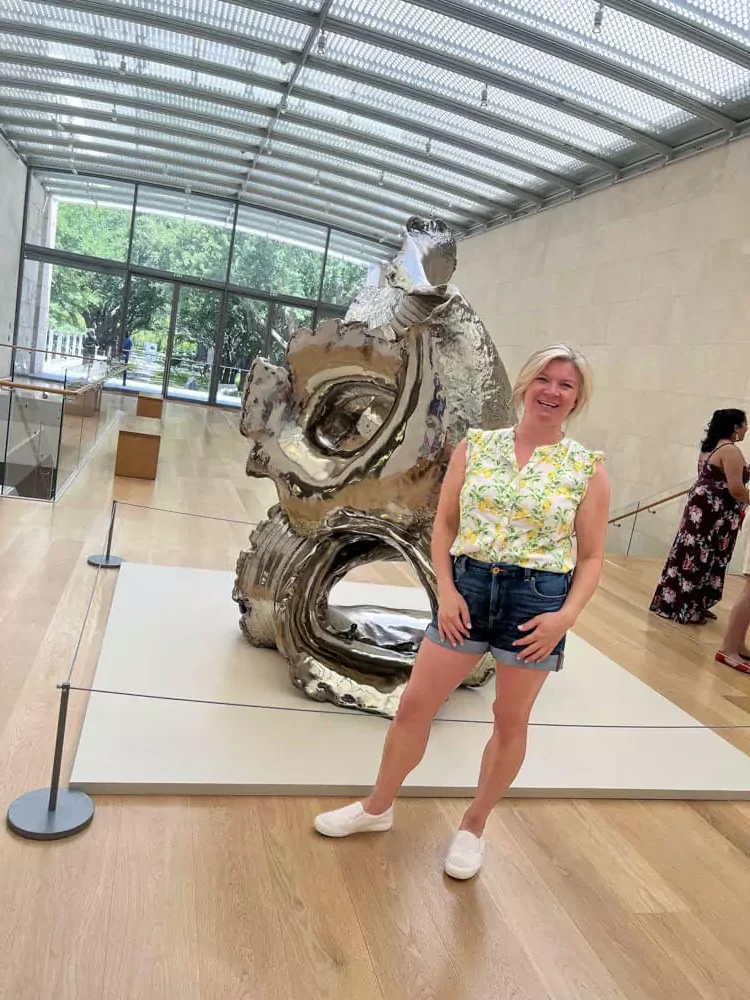Welcome to the Demilitarized Zone (DMZ), a strip of land that stretches across the Korean Peninsula, serving as a reminder of the enduring division between North and South Korea.
In this blog post, we embark on a journey to explore the intricacies of the DMZ, delving into its historical significance, its cultural importance, and the efforts made towards fostering reconciliation and understanding.
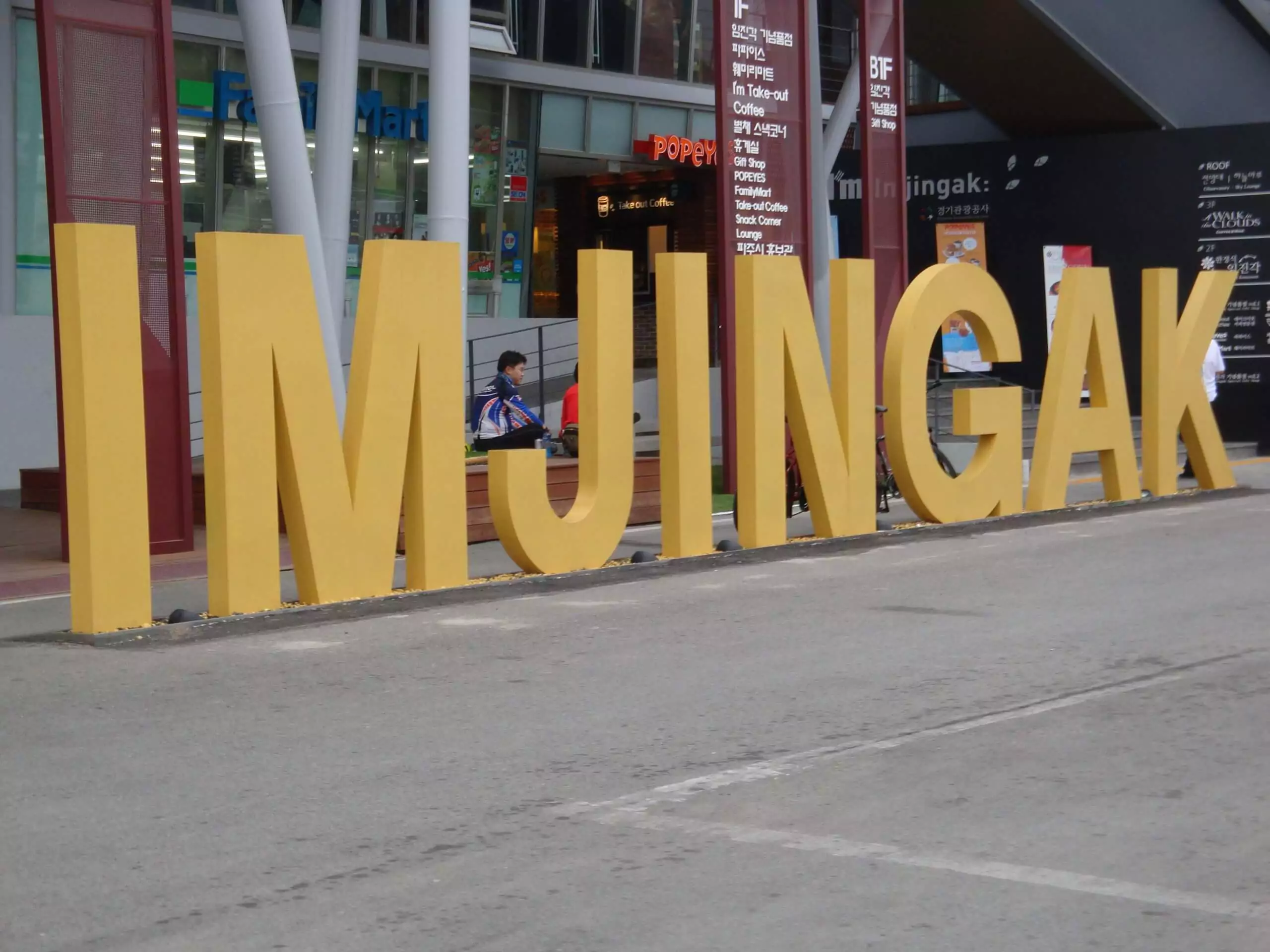
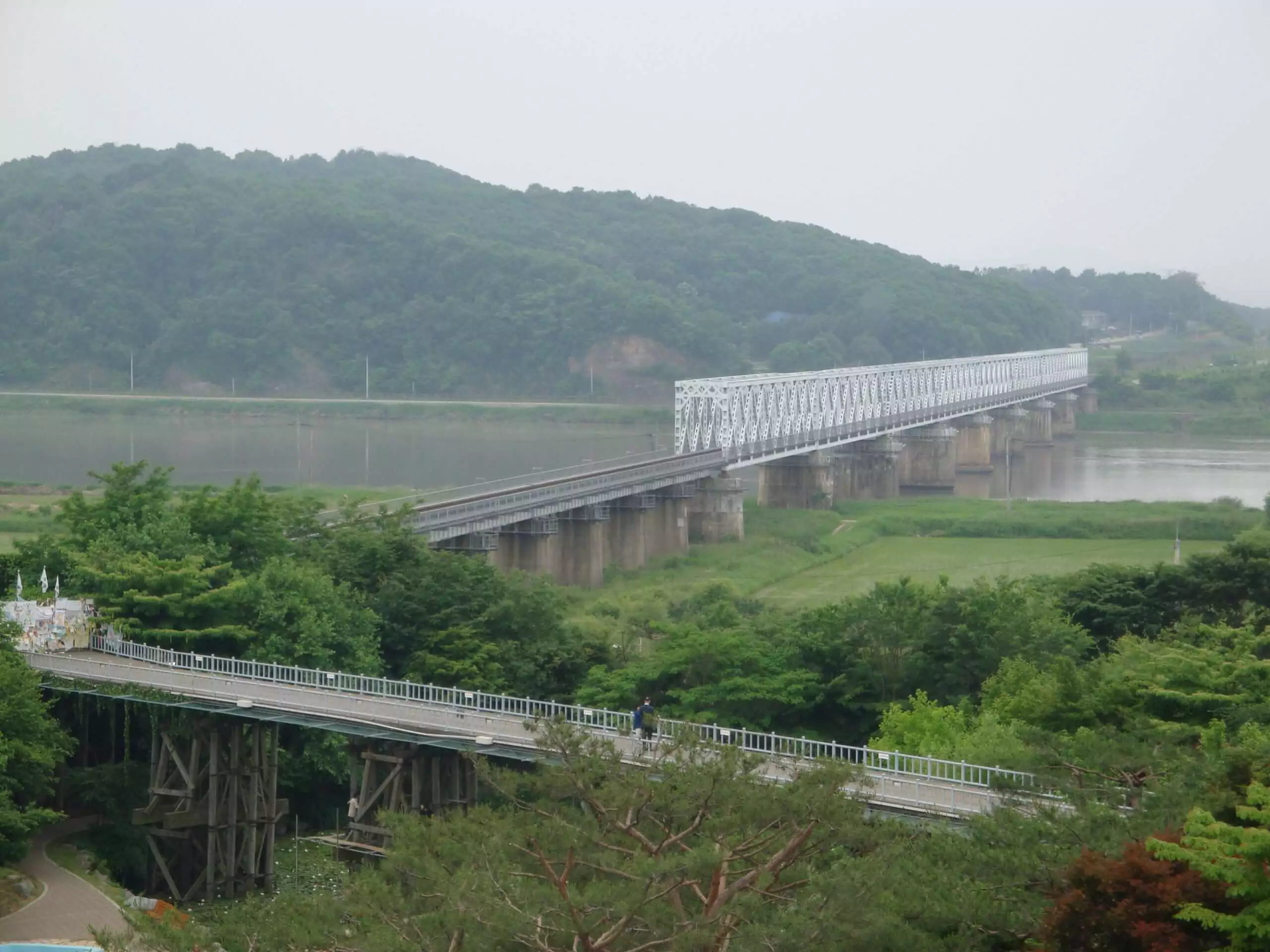
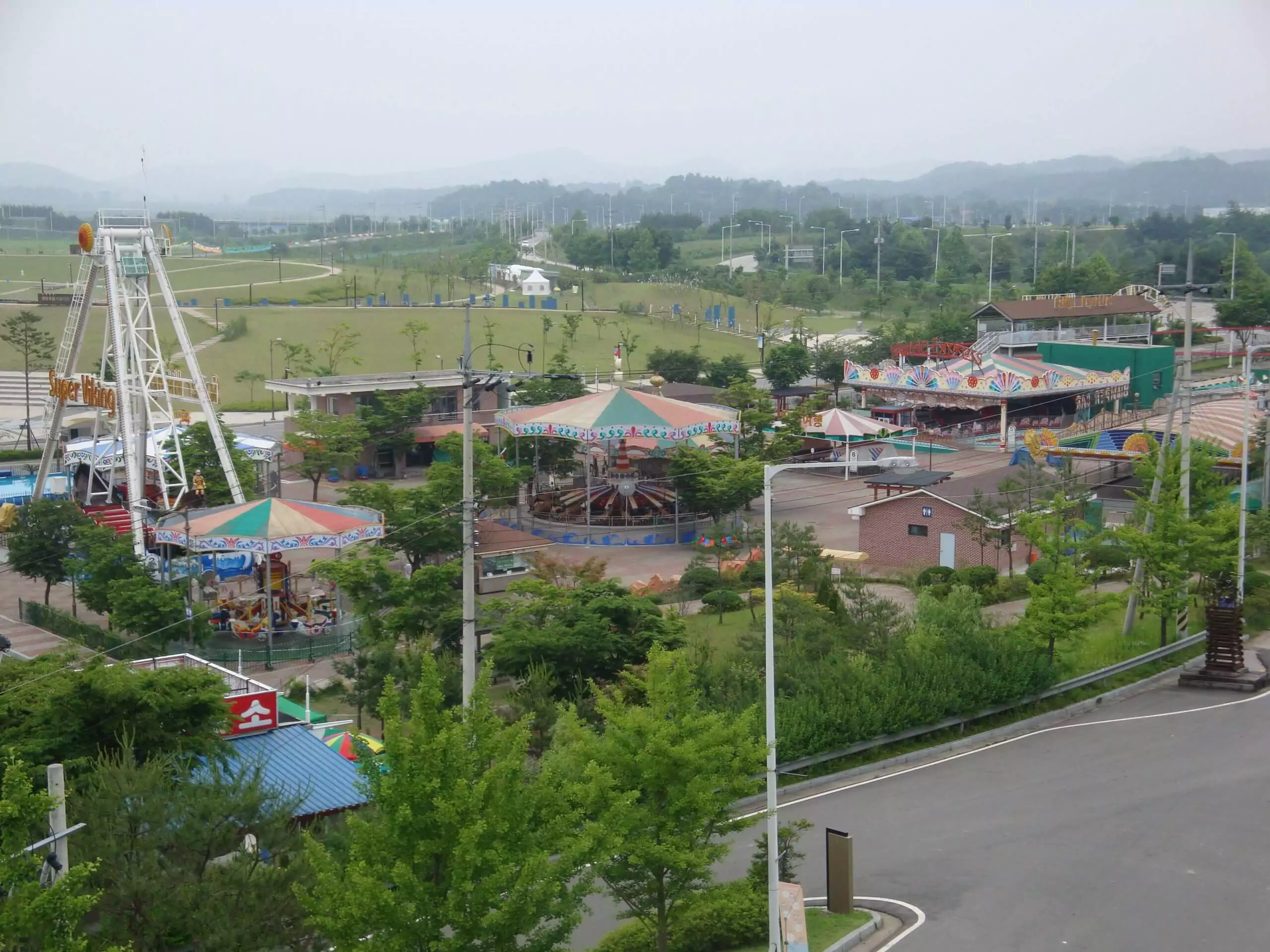
A Historical Divide
The DMZ, established in 1953 after the Korean War, represents the buffer zone that separates North and South Korea. It serves as a physical boundary, embodying the lingering tensions and unresolved conflicts between the two nations. Gain insight into the historical context of the Korean War, the events that led to the division, and the subsequent establishment of the DMZ. Understand the weight of the past and how it continues to shape the present dynamics between North and South Korea.
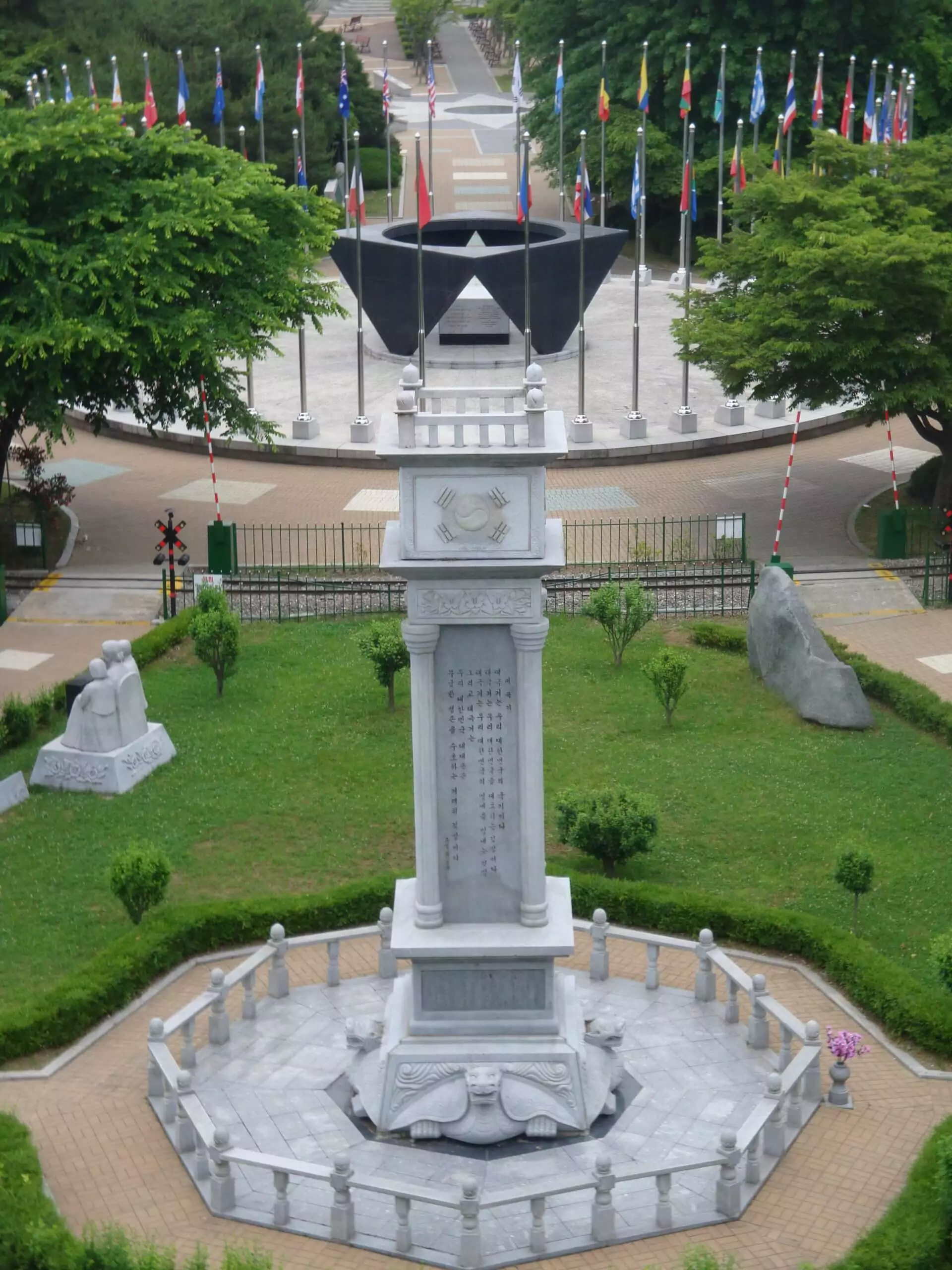
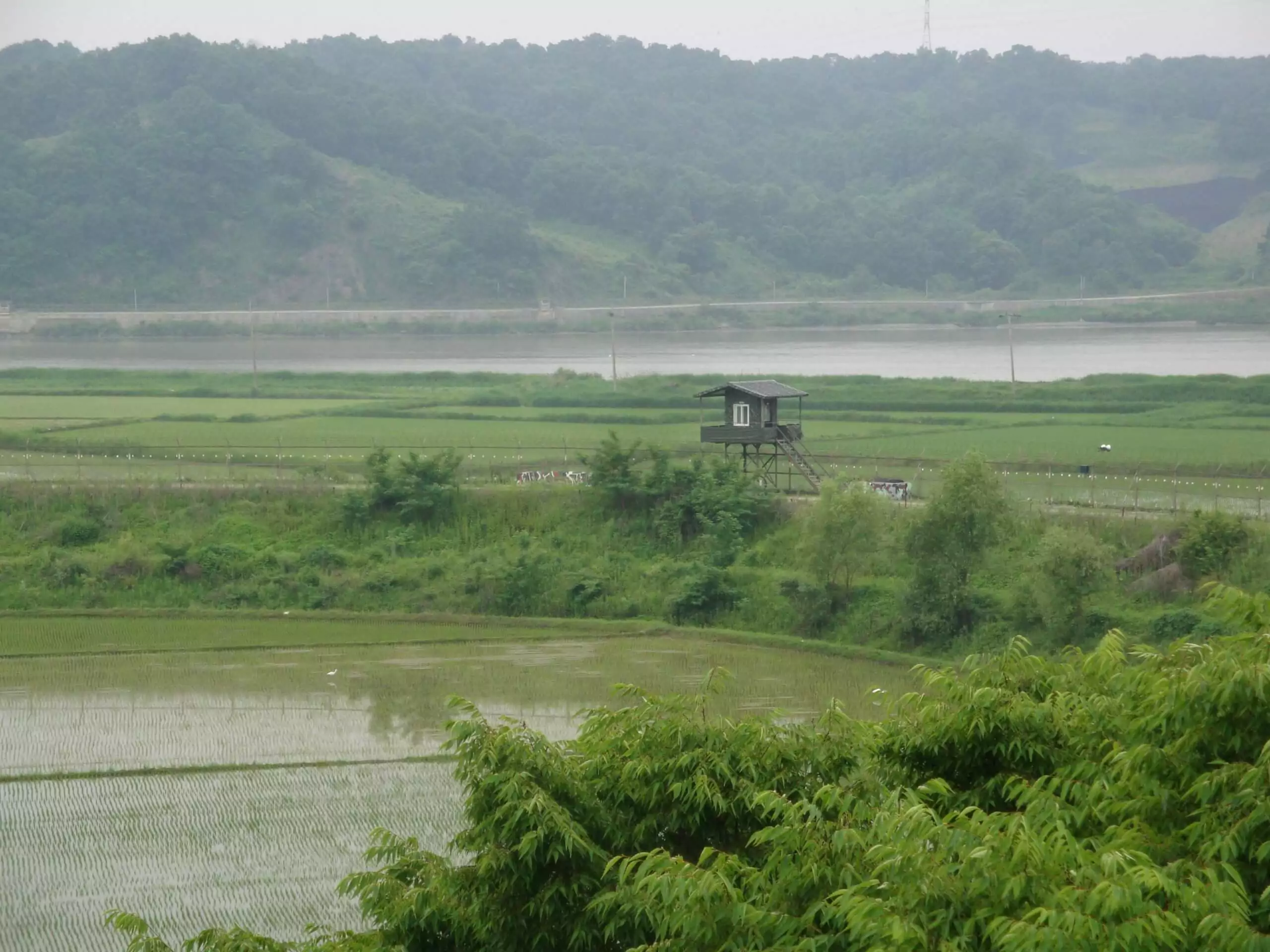
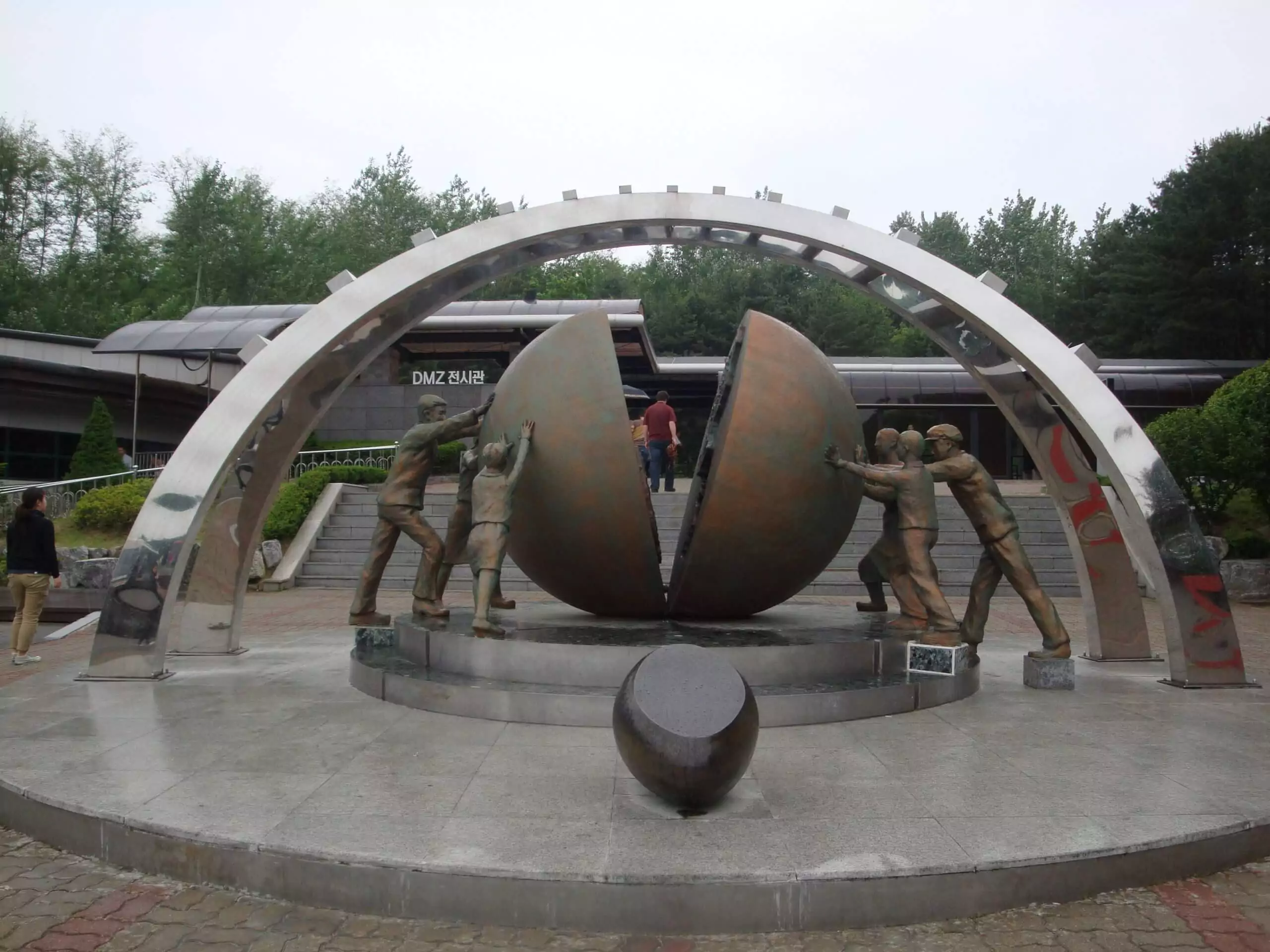
Panmunjom: The Heart of Diplomacy
Located within the DMZ, the Joint Security Area (JSA) at Panmunjom is a place where diplomatic discussions and historic meetings have taken place between the two Koreas. Explore the JSA and witness the iconic blue buildings that straddle the border, allowing for face-to-face interactions between representatives from both sides. Stand on the very spot where significant agreements and gestures of peace have been made, and reflect on the complexities of cross-border relations.
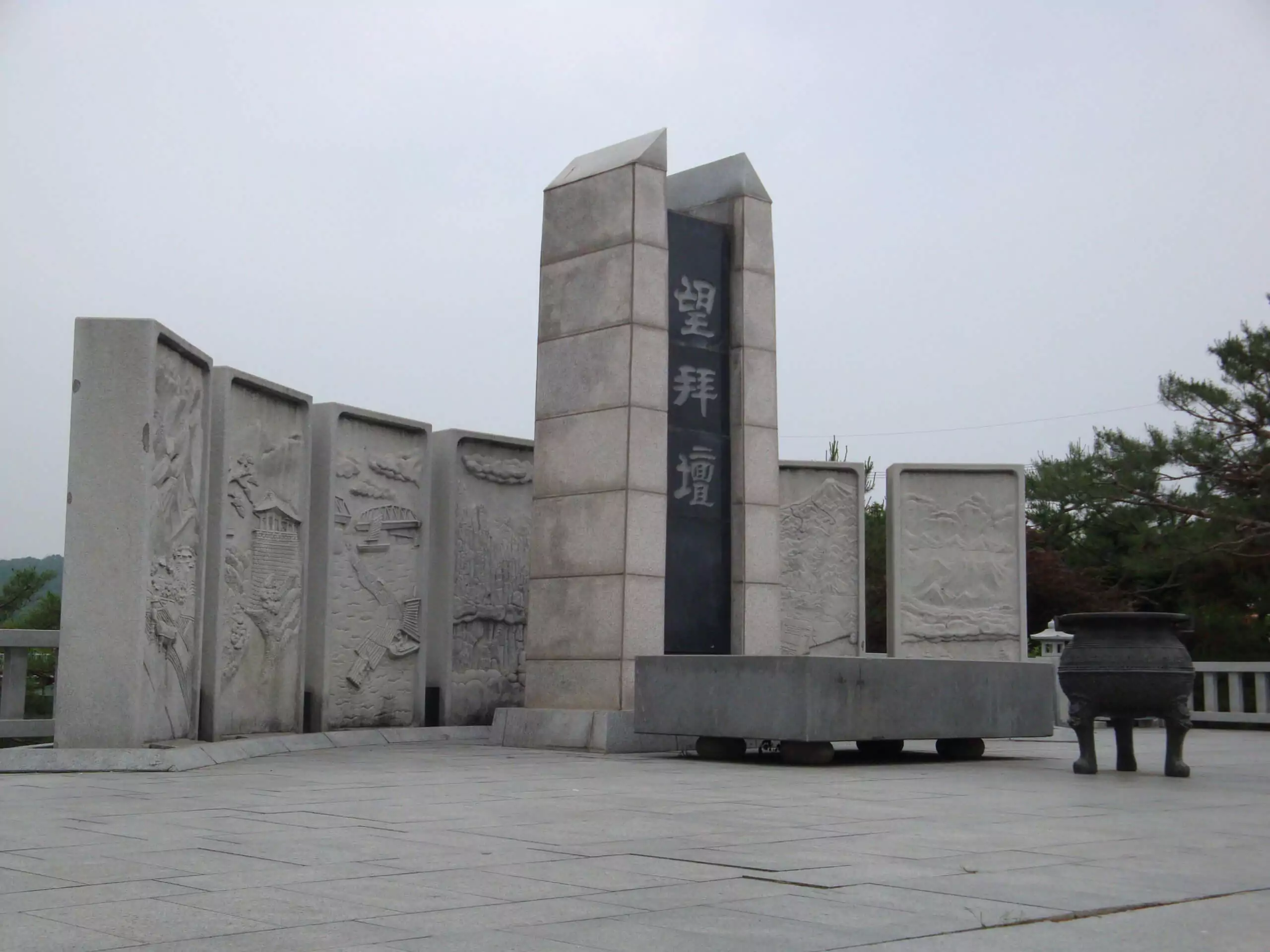

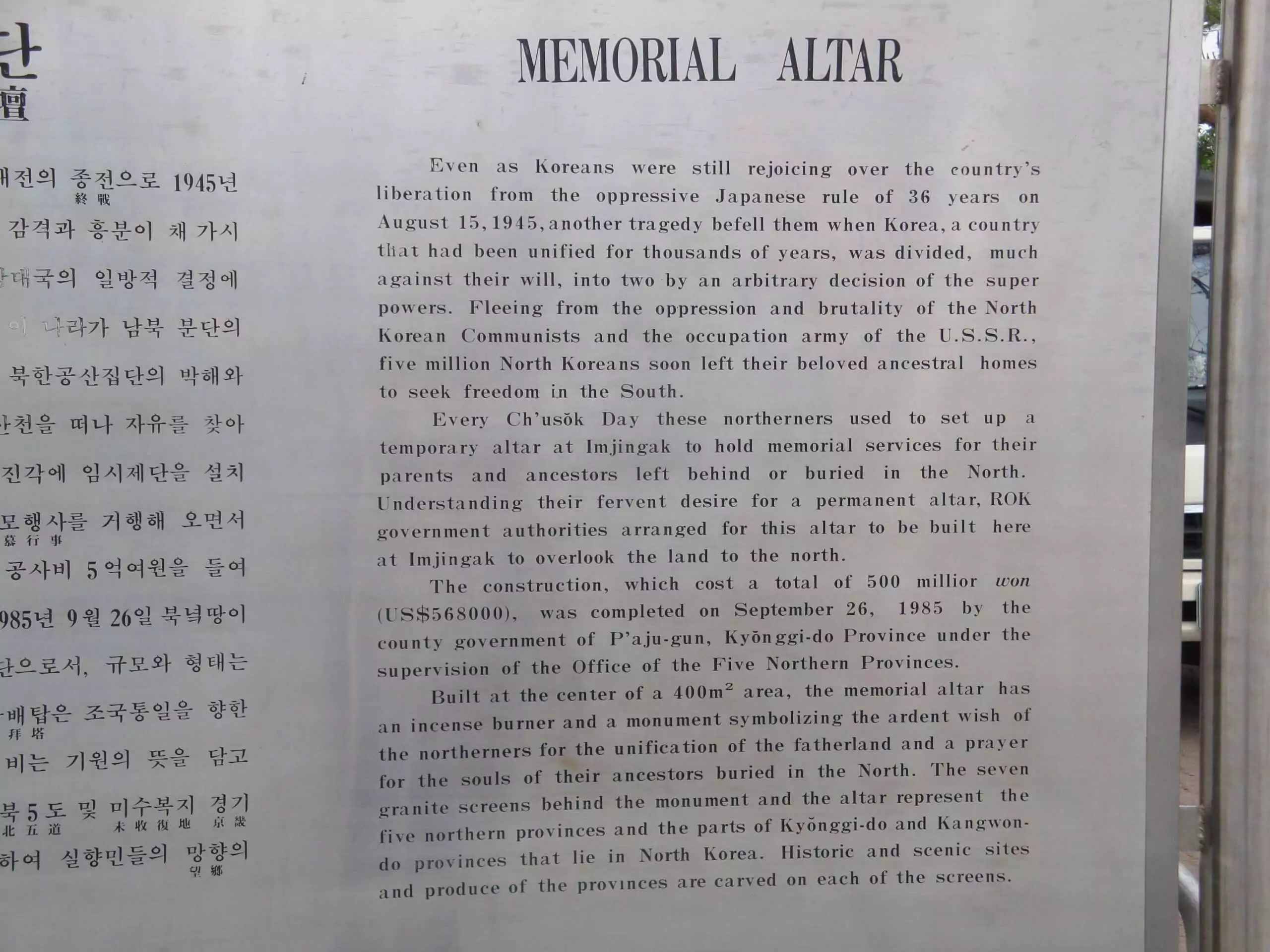
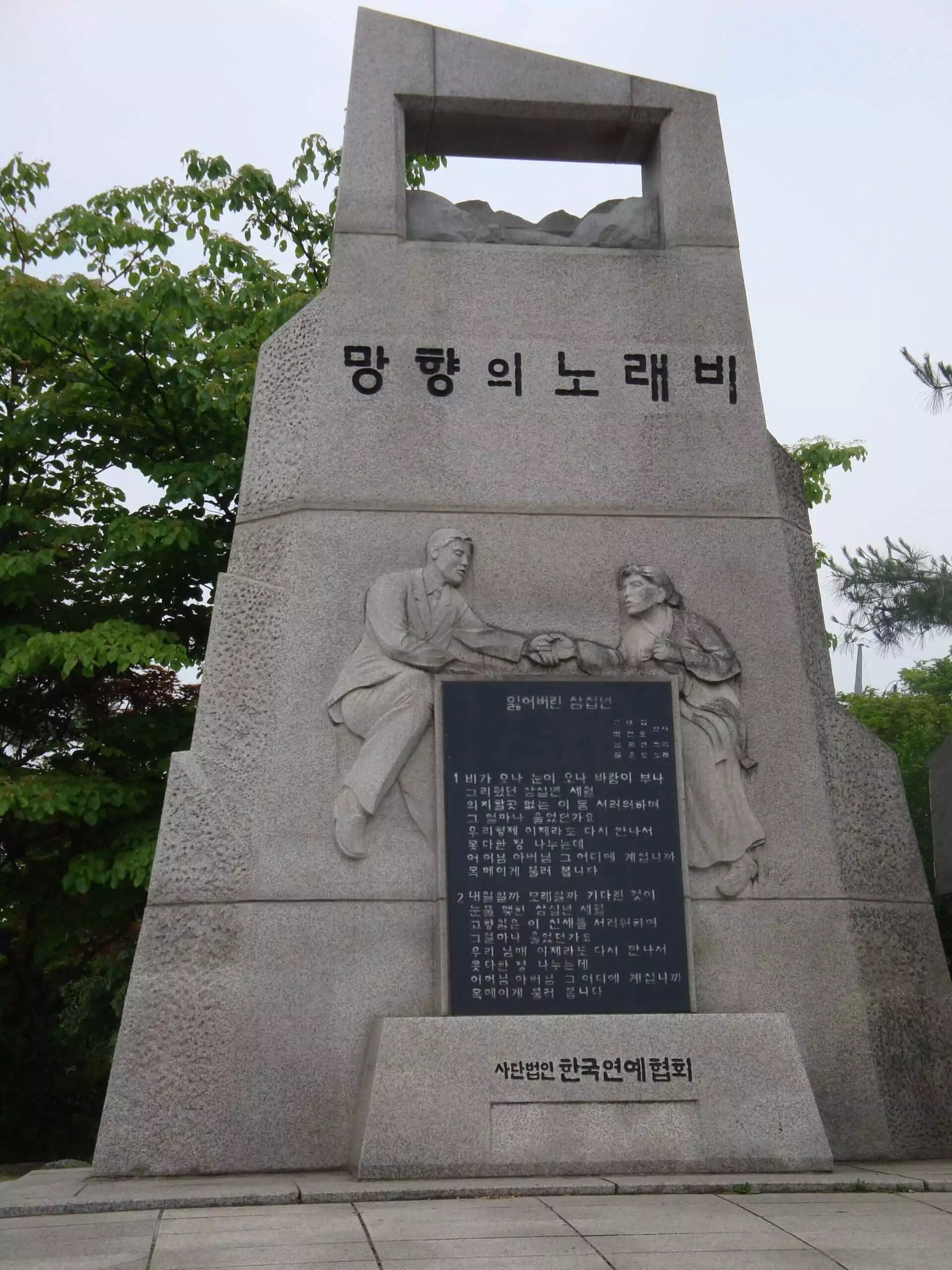
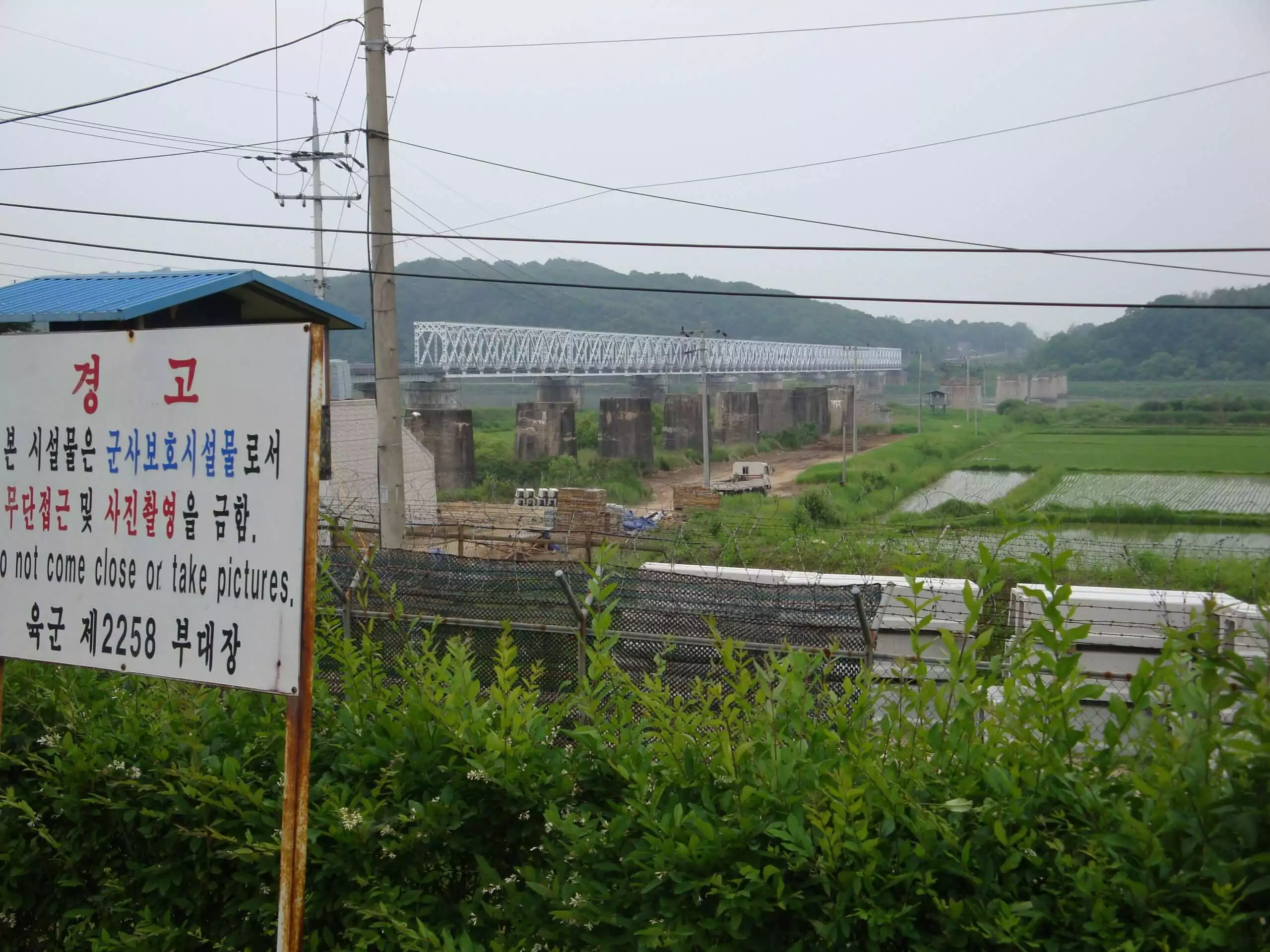
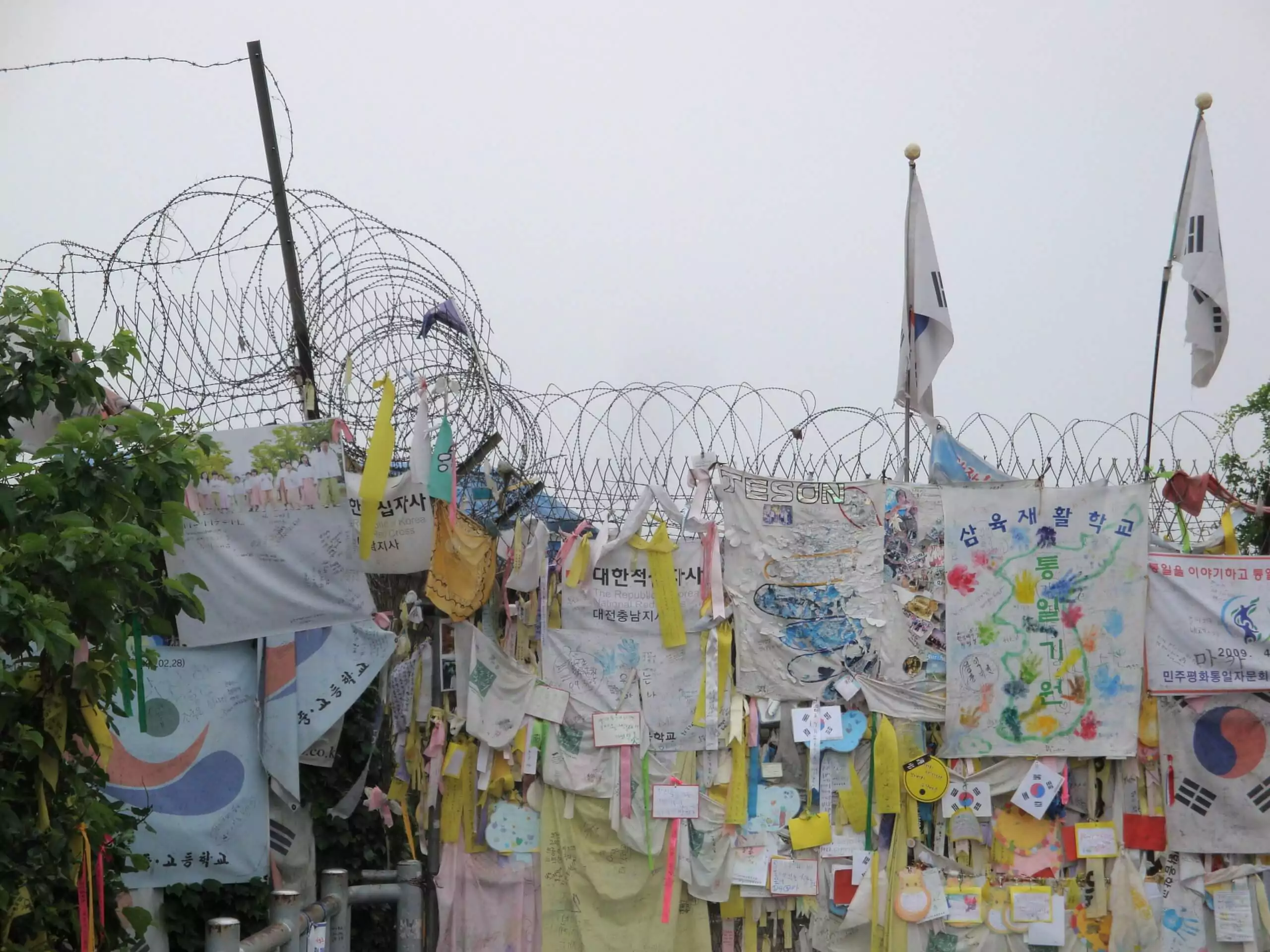
Promoting Peace and Understanding
The DMZ serves as a catalyst for peace and understanding, with various initiatives aimed at bridging the divide. Learn about organizations and programs dedicated to fostering dialogue, cultural exchanges, and humanitarian efforts. From educational tours to peace museums, these initiatives provide opportunities for visitors to gain a deeper understanding of the complexities of the Korean Peninsula and the potential for reconciliation.
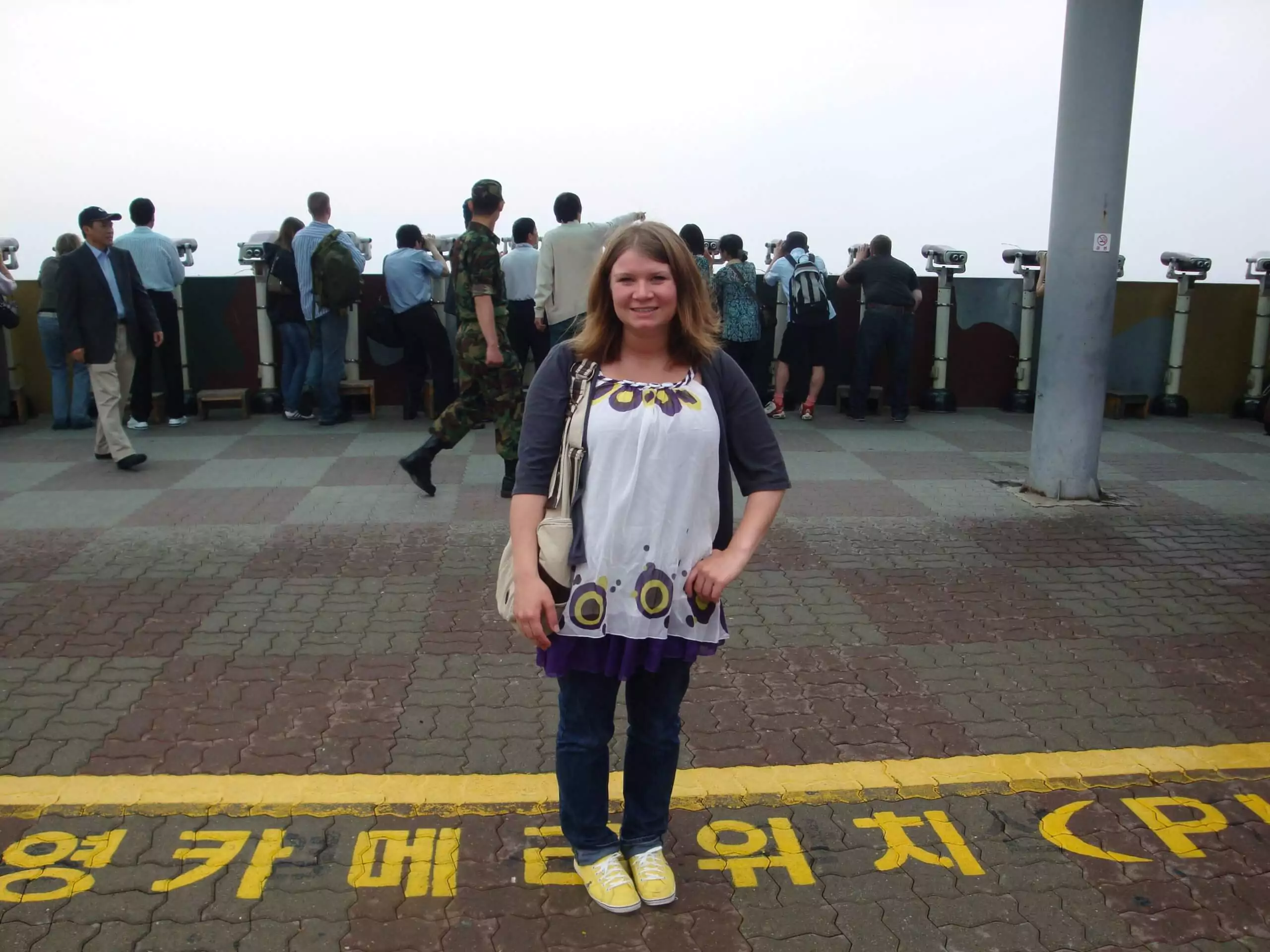
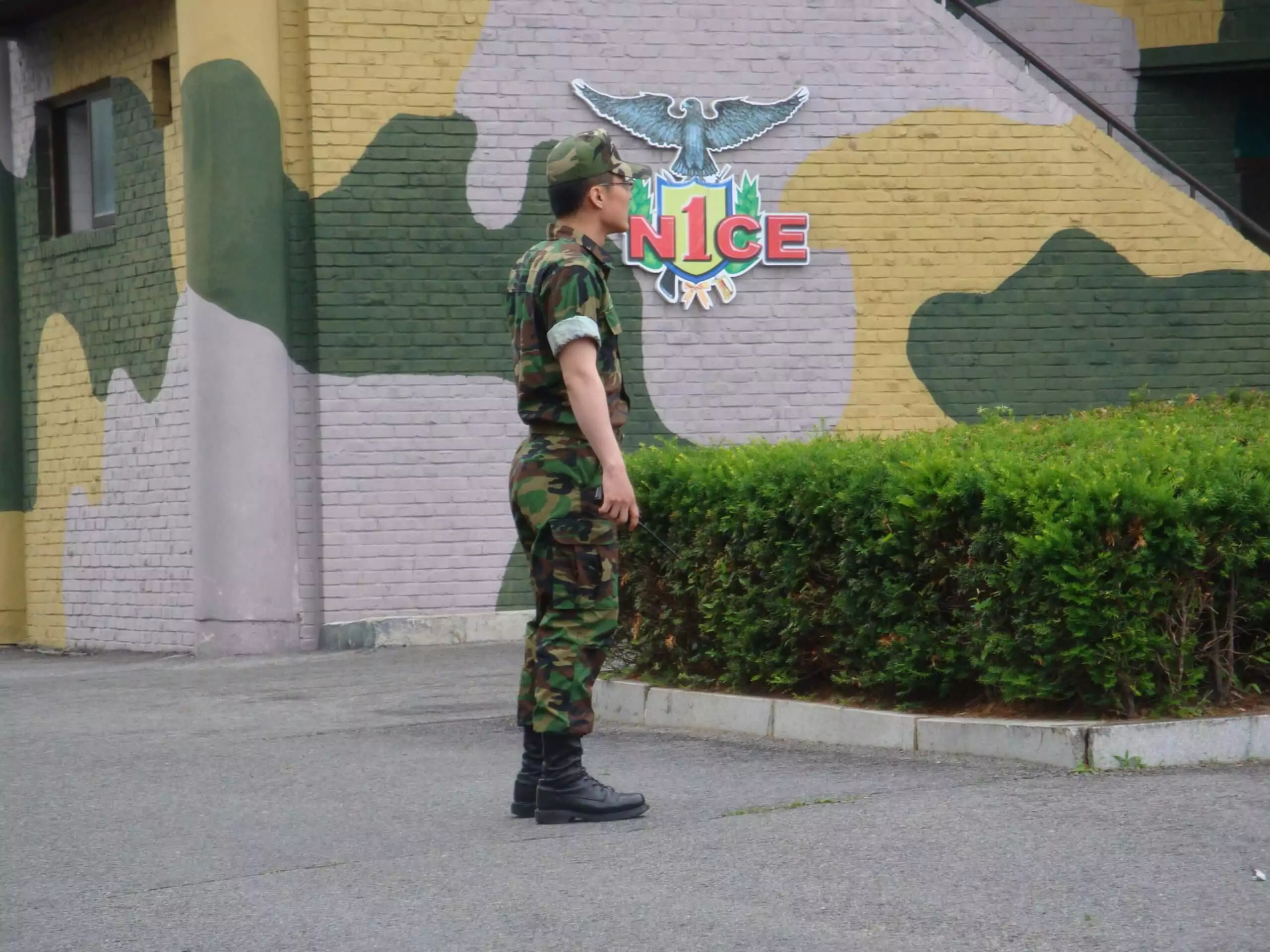
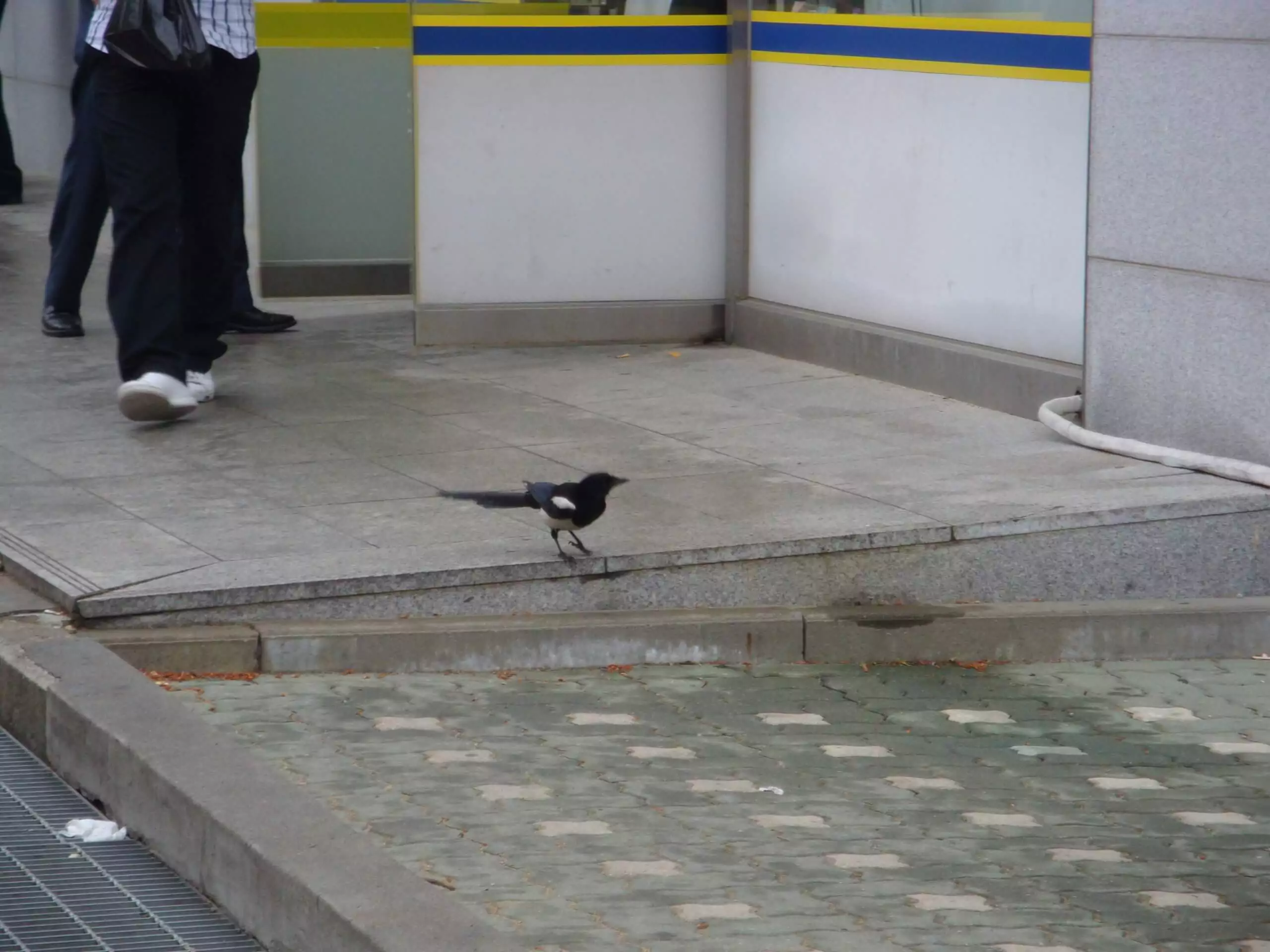
The Demilitarized Zone (DMZ) is a place of contradictions, where the scars of division and the aspirations for peace coexist. It represents the complexities of the Korean Peninsula’s history, politics, and cultural heritage. A visit to the DMZ is a unique opportunity to witness firsthand the realities of a divided nation, to reflect on the consequences of conflict, and to embrace the shared aspirations for peace and reunification.
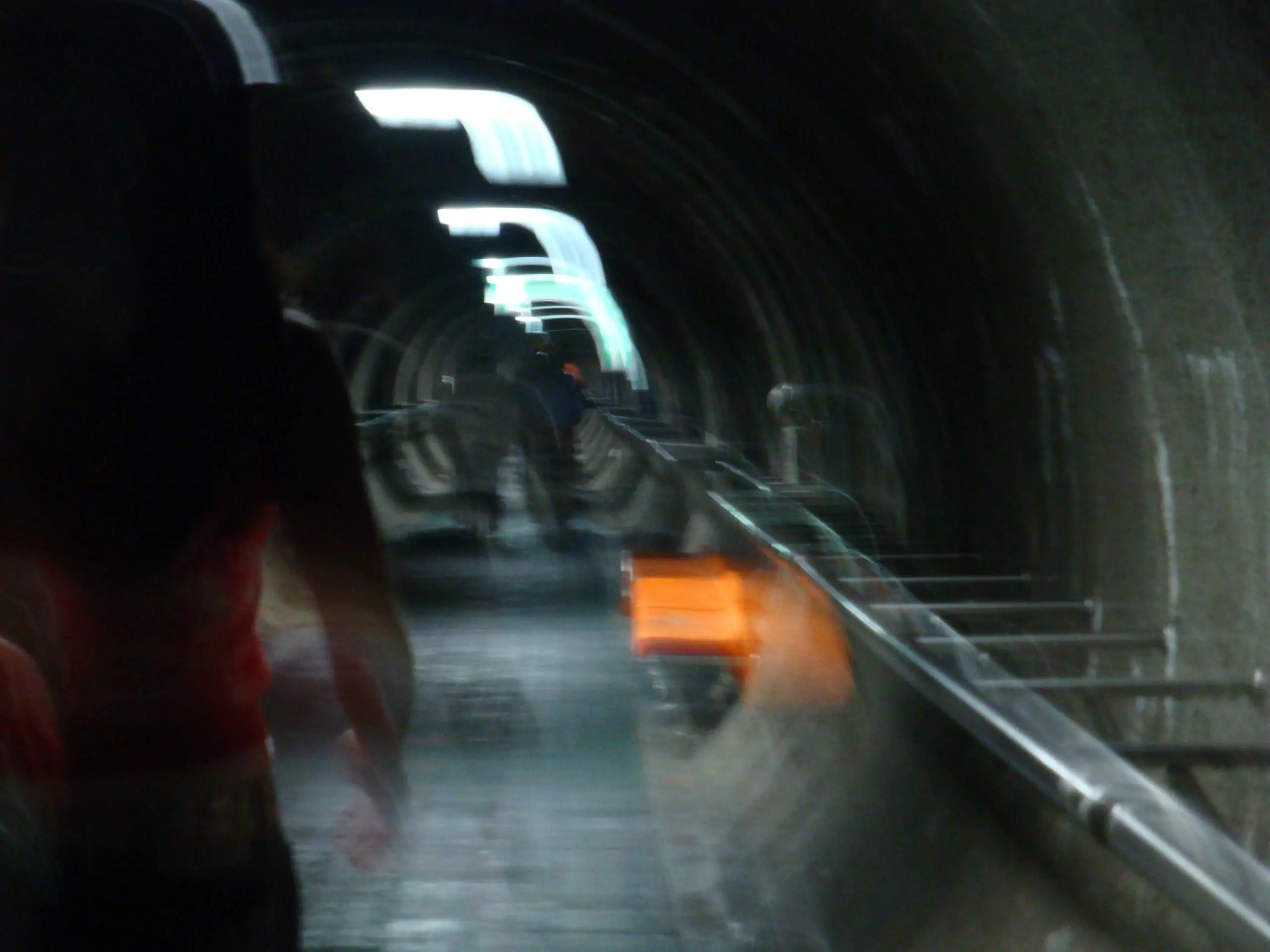
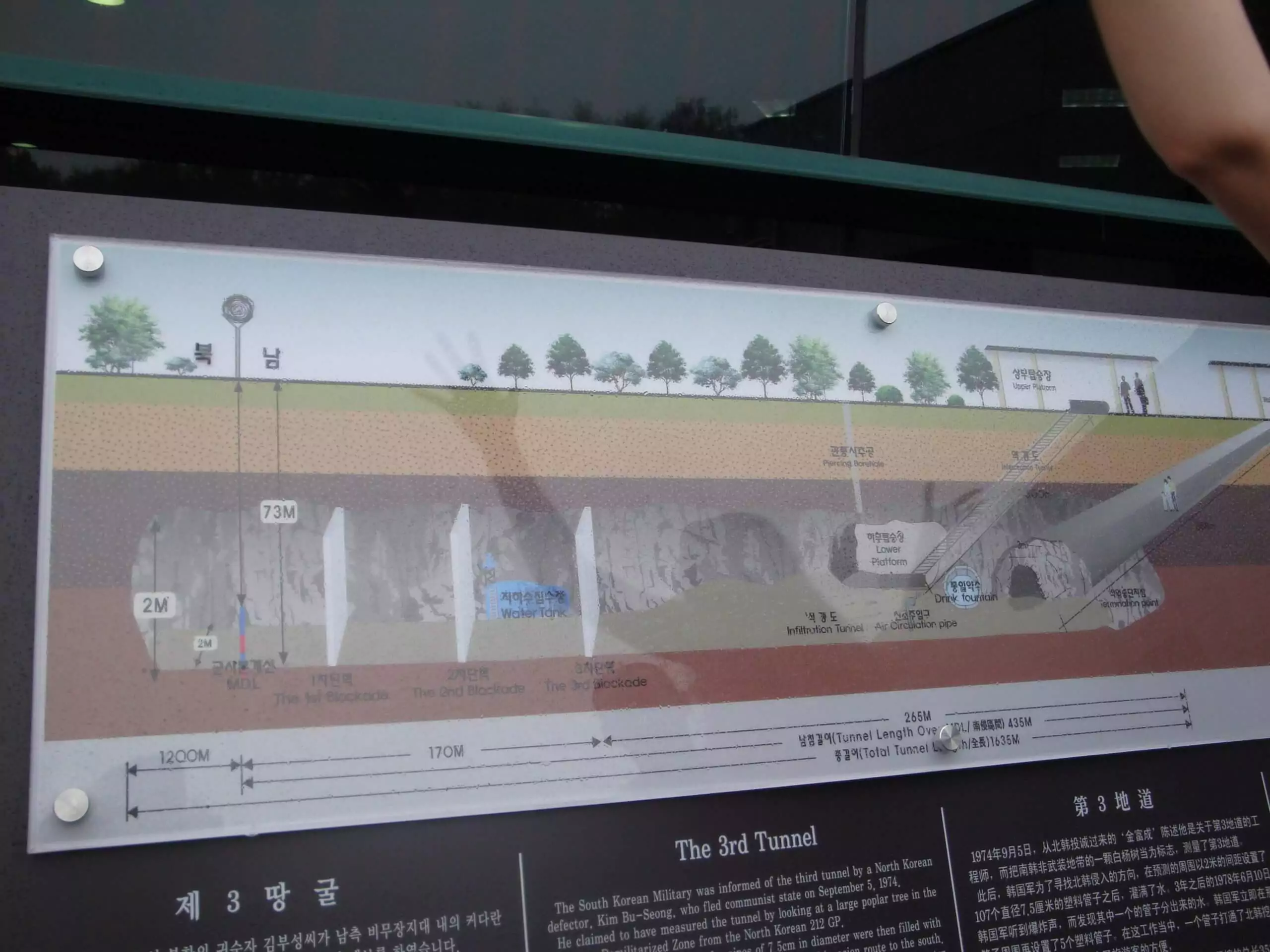

As you explore the DMZ, let it be a reminder of the importance of dialogue, understanding, and empathy in bridging divides and fostering reconciliation. The DMZ is not just a physical boundary; it is a symbol of resilience, hope, and the human desire for unity. May your journey through the DMZ inspire a commitment to peace, deepen your understanding of the challenges faced by the Korean Peninsula, and encourage you to actively contribute to a more peaceful and connected world.
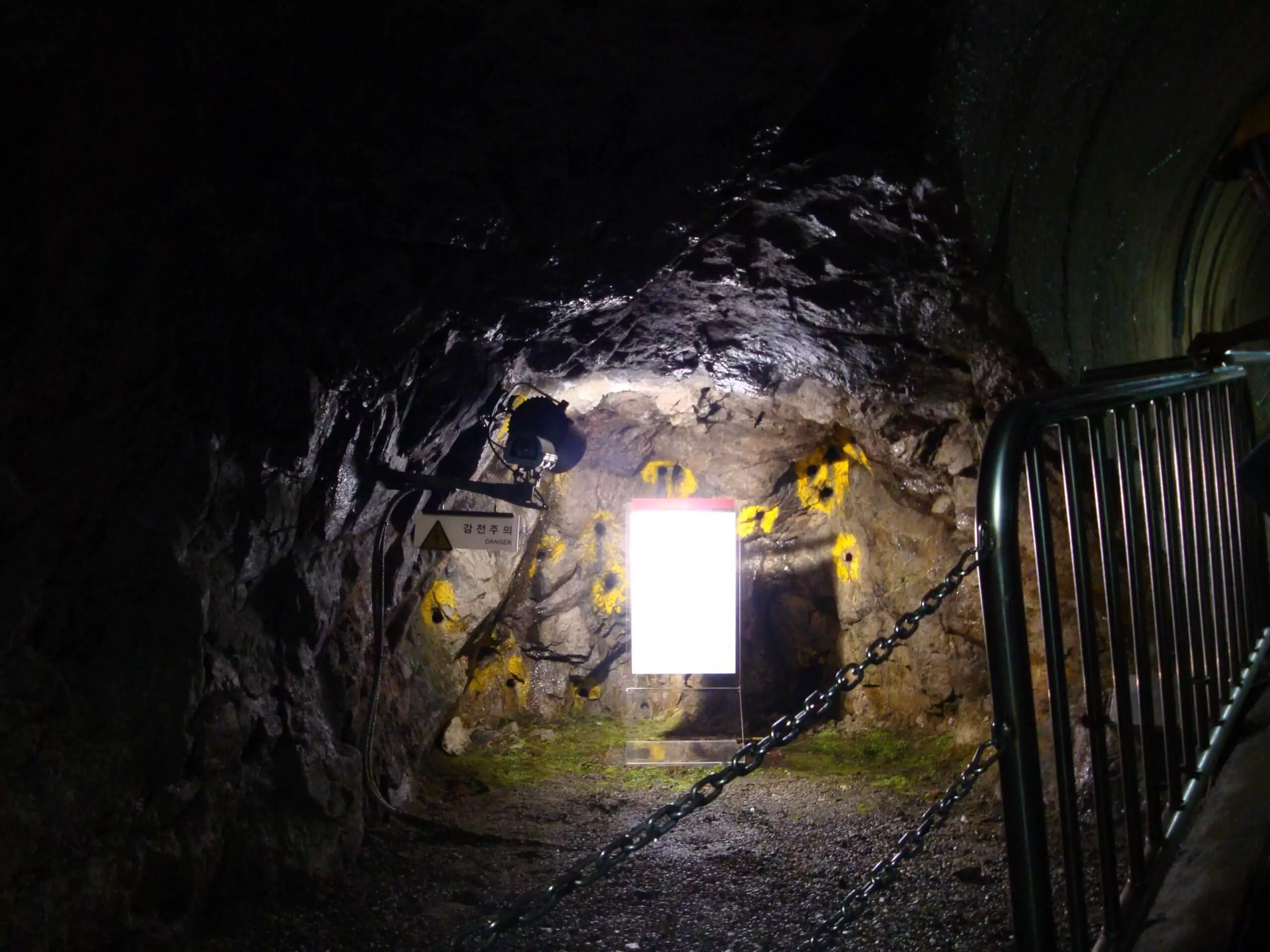
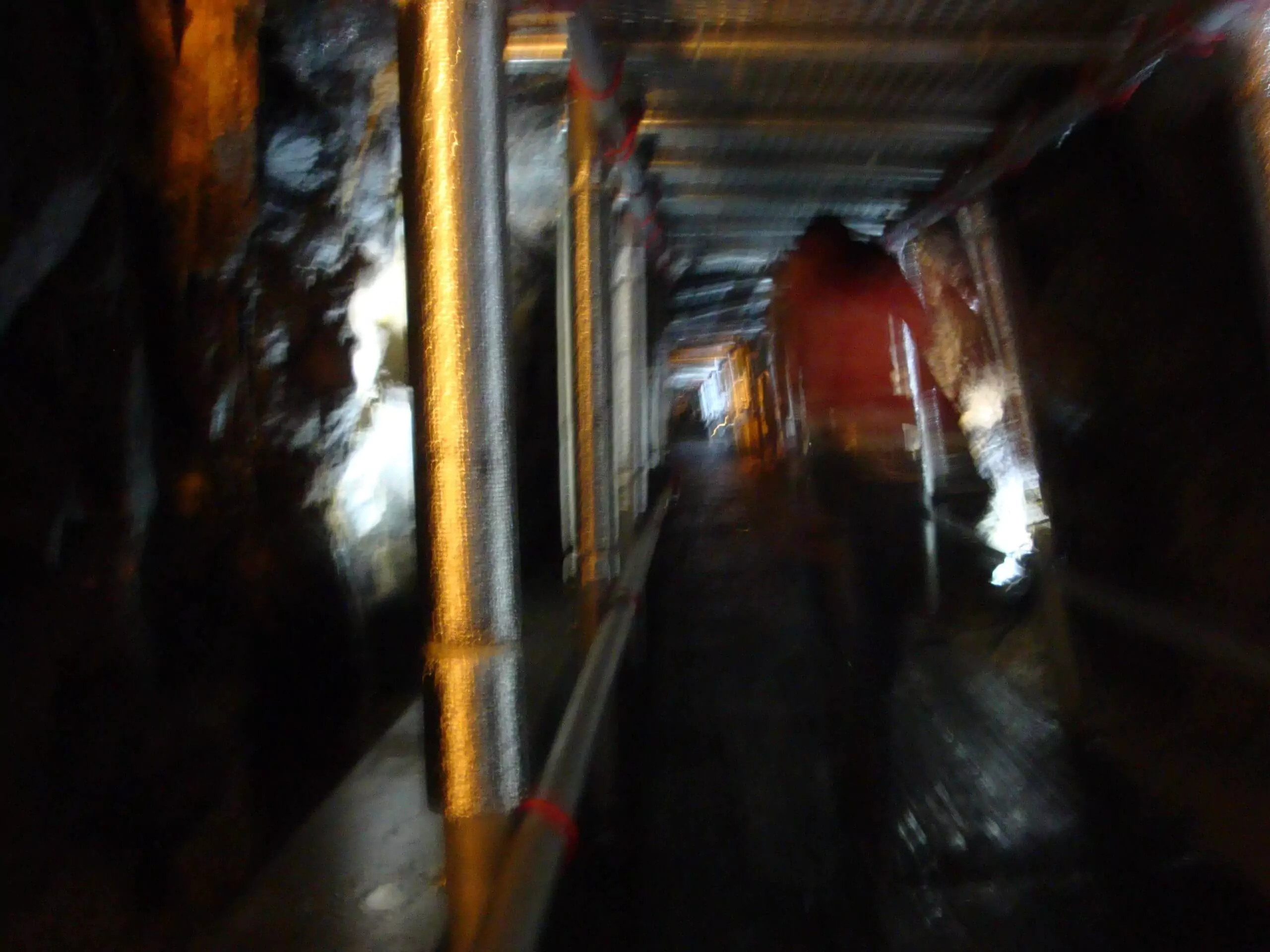
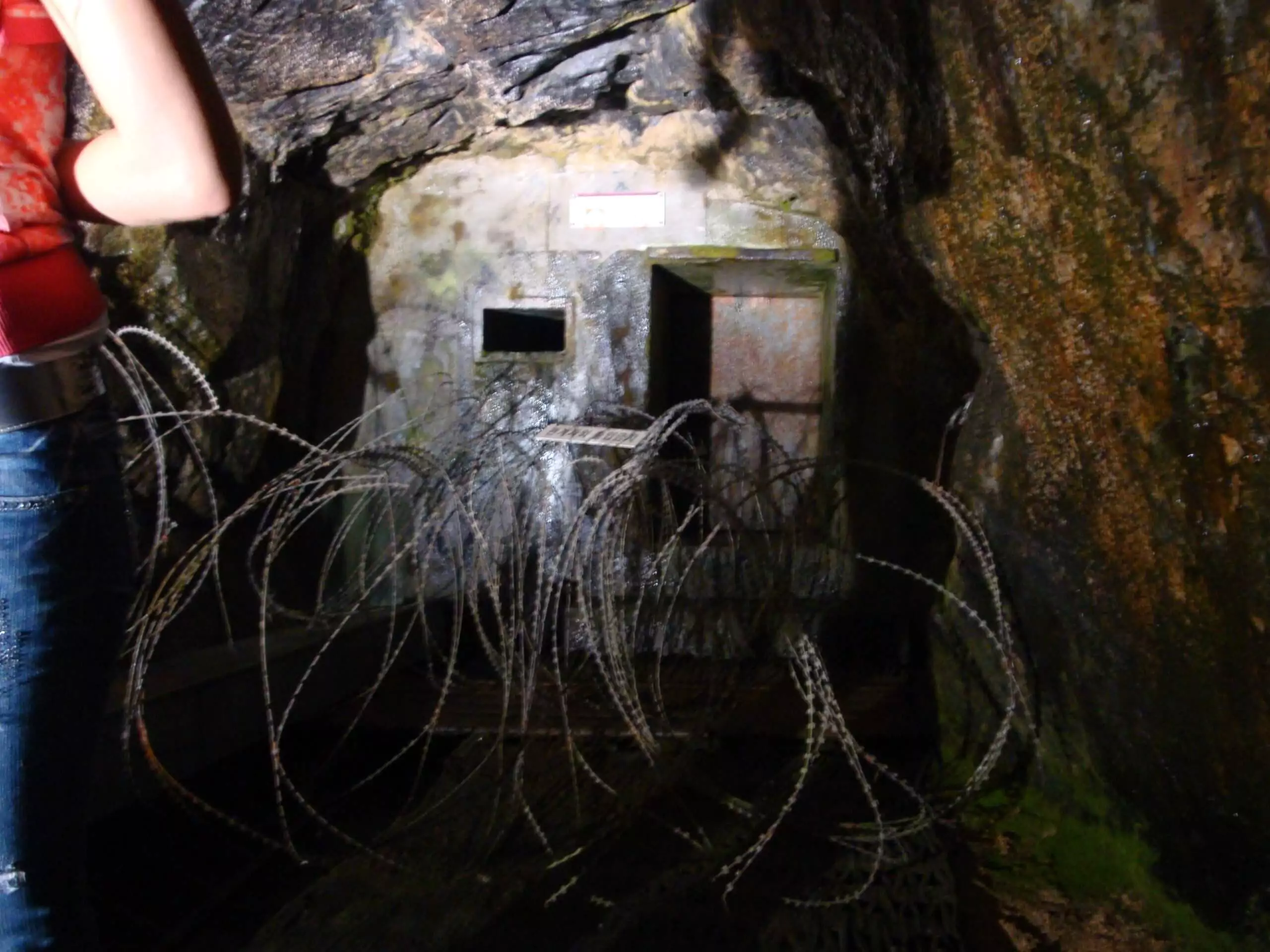
Dorasan Station
Nestled near the Demilitarized Zone (DMZ) in South Korea, Dorasan Station stands as a powerful symbol of hope, unification, and the aspirations for peace on the Korean Peninsula. While it currently serves as the northernmost railway station in South Korea, it holds the promise of connecting North and South Korea through a unified rail network. In this blog post, we embark on a journey to explore the significance of Dorasan Station, delving into its historical context, its role in promoting reconciliation, and the dreams it represents for a united future.
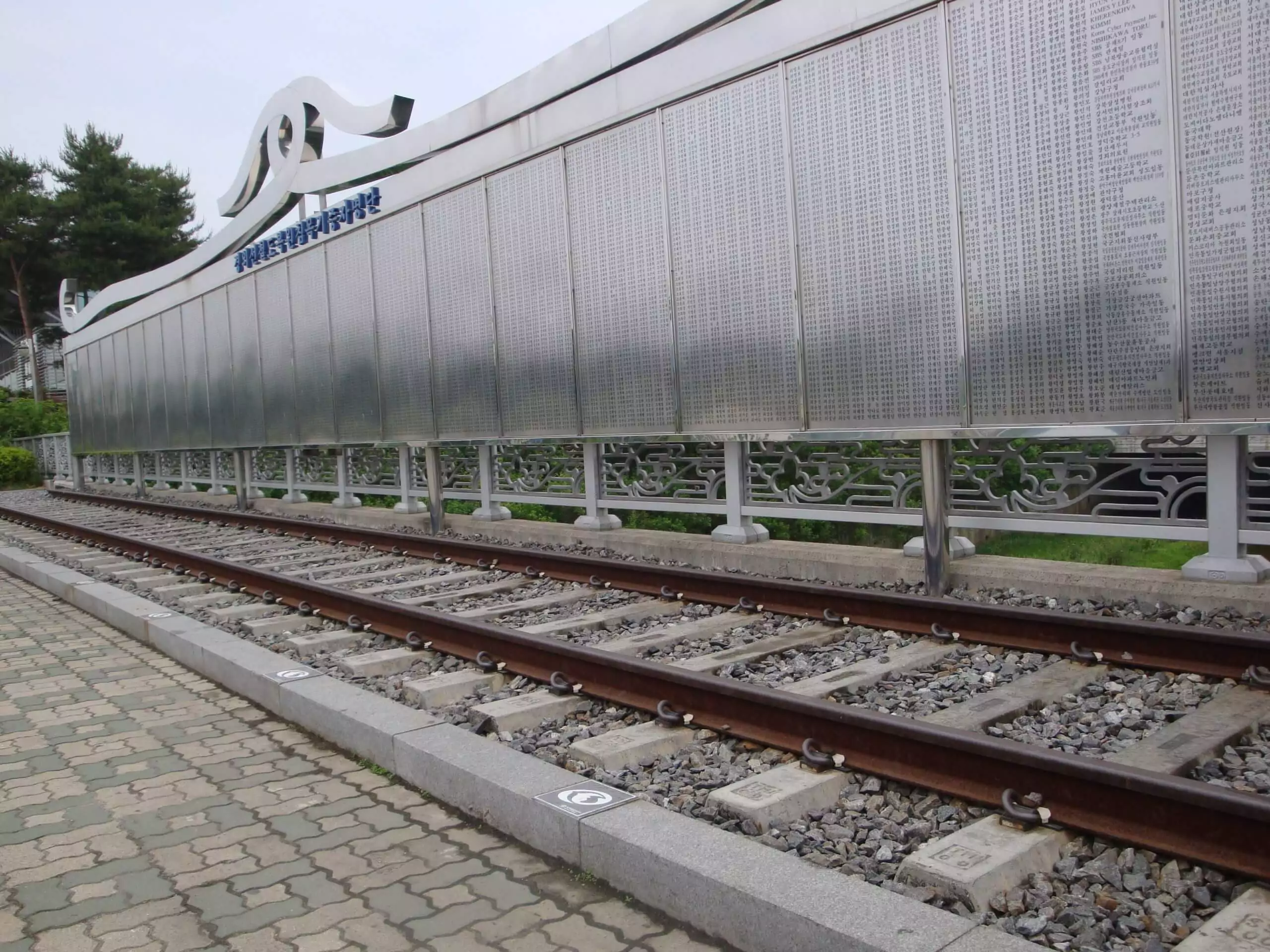
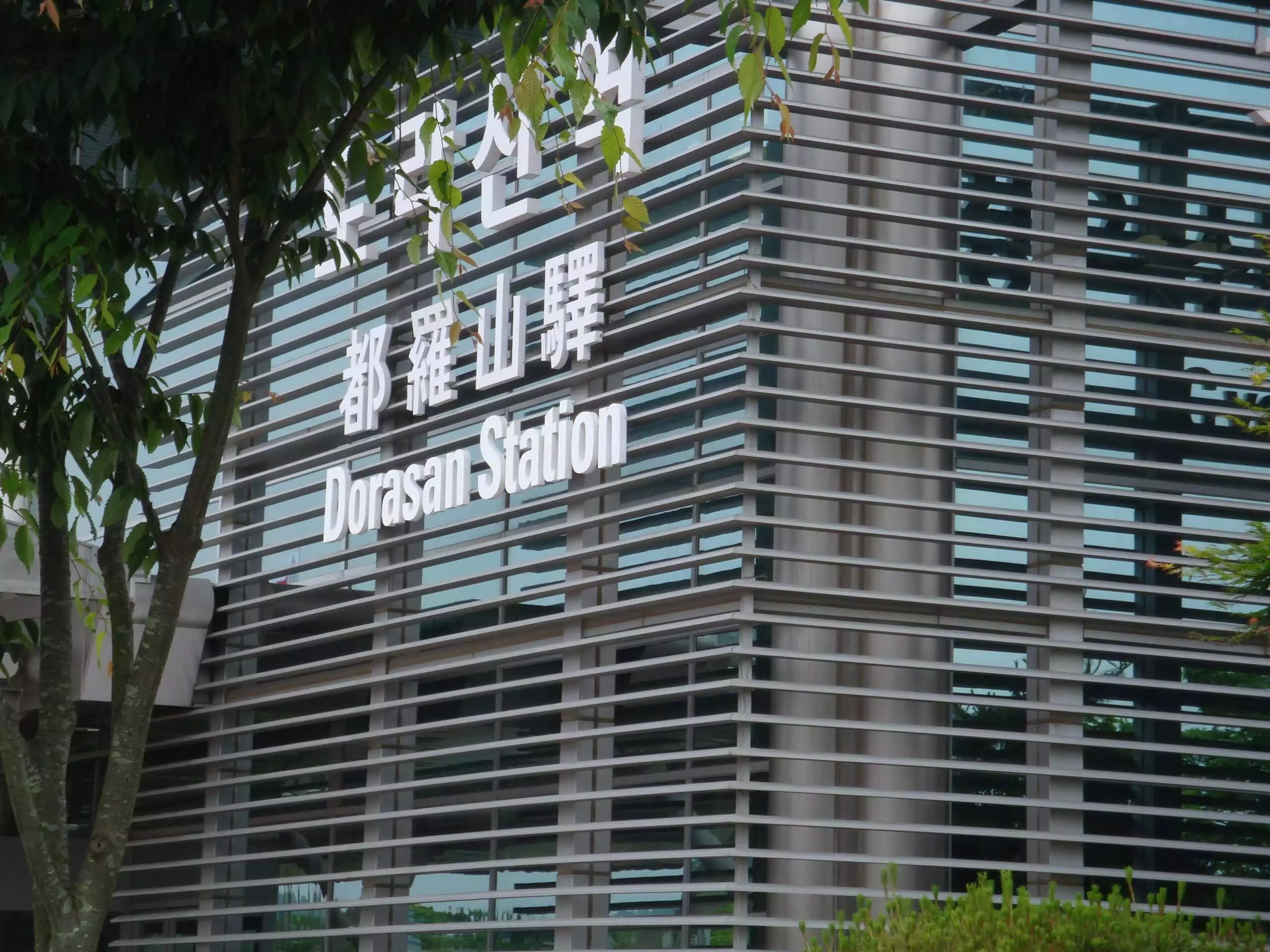
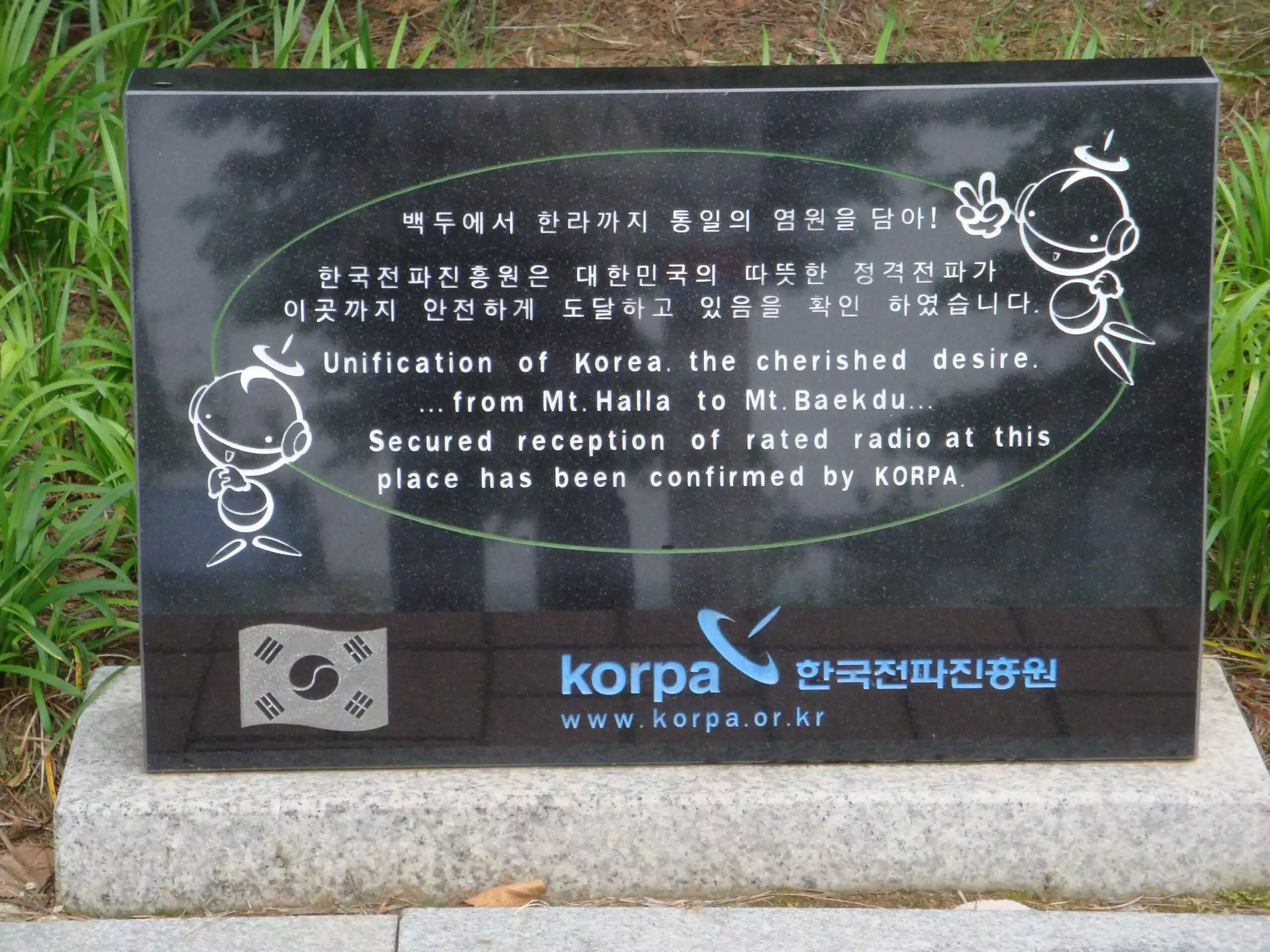
Dorasan Station is more than just a transportation hub; it holds profound historical significance. Located near the border between North and South Korea, it stands as a reminder of the painful division that has separated families, friends, and a nation. Gain insight into the tumultuous history of the Korean Peninsula, from the Korean War to the present day, and understand the importance of Dorasan Station as a potential gateway for reunification.
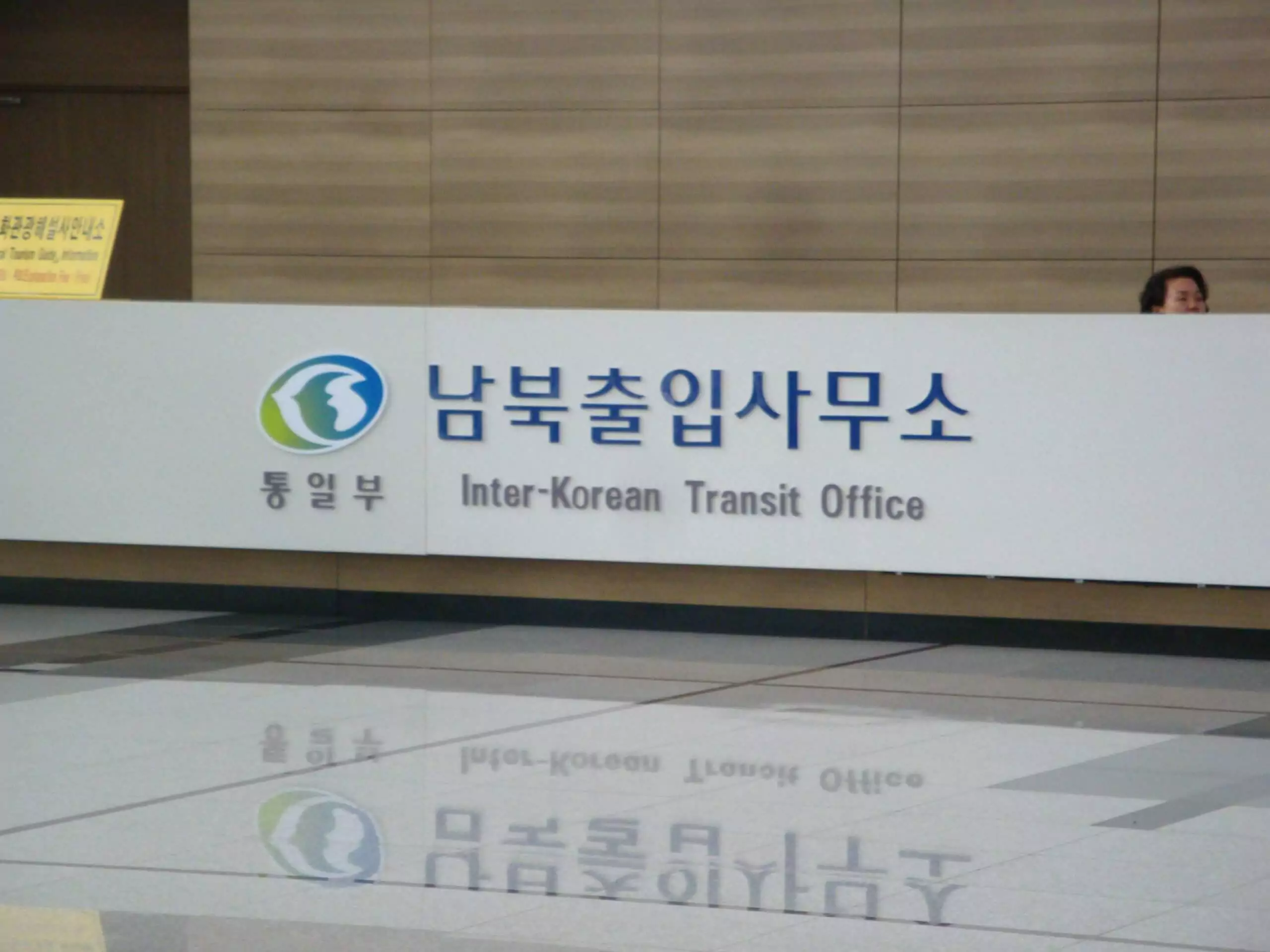
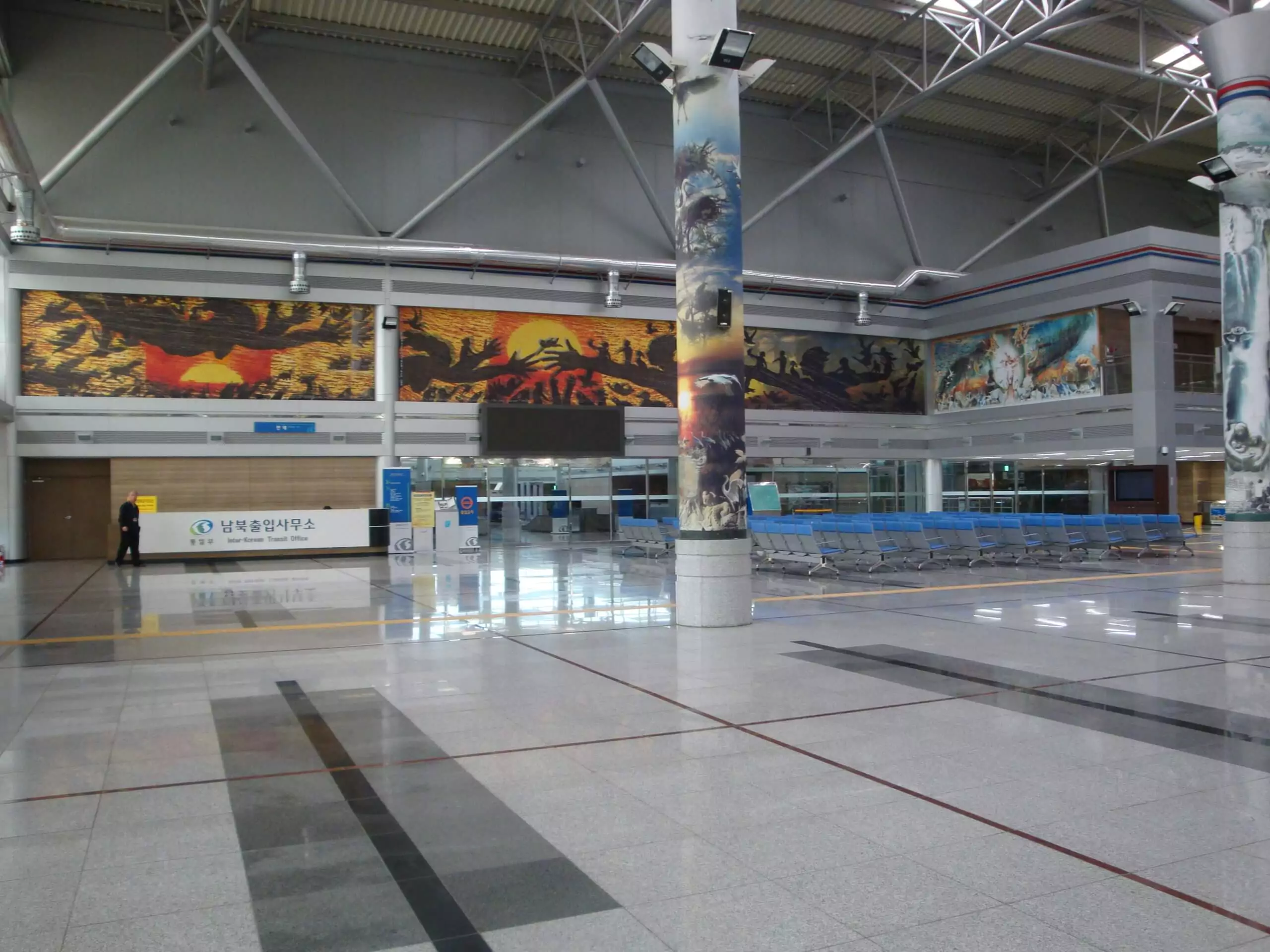
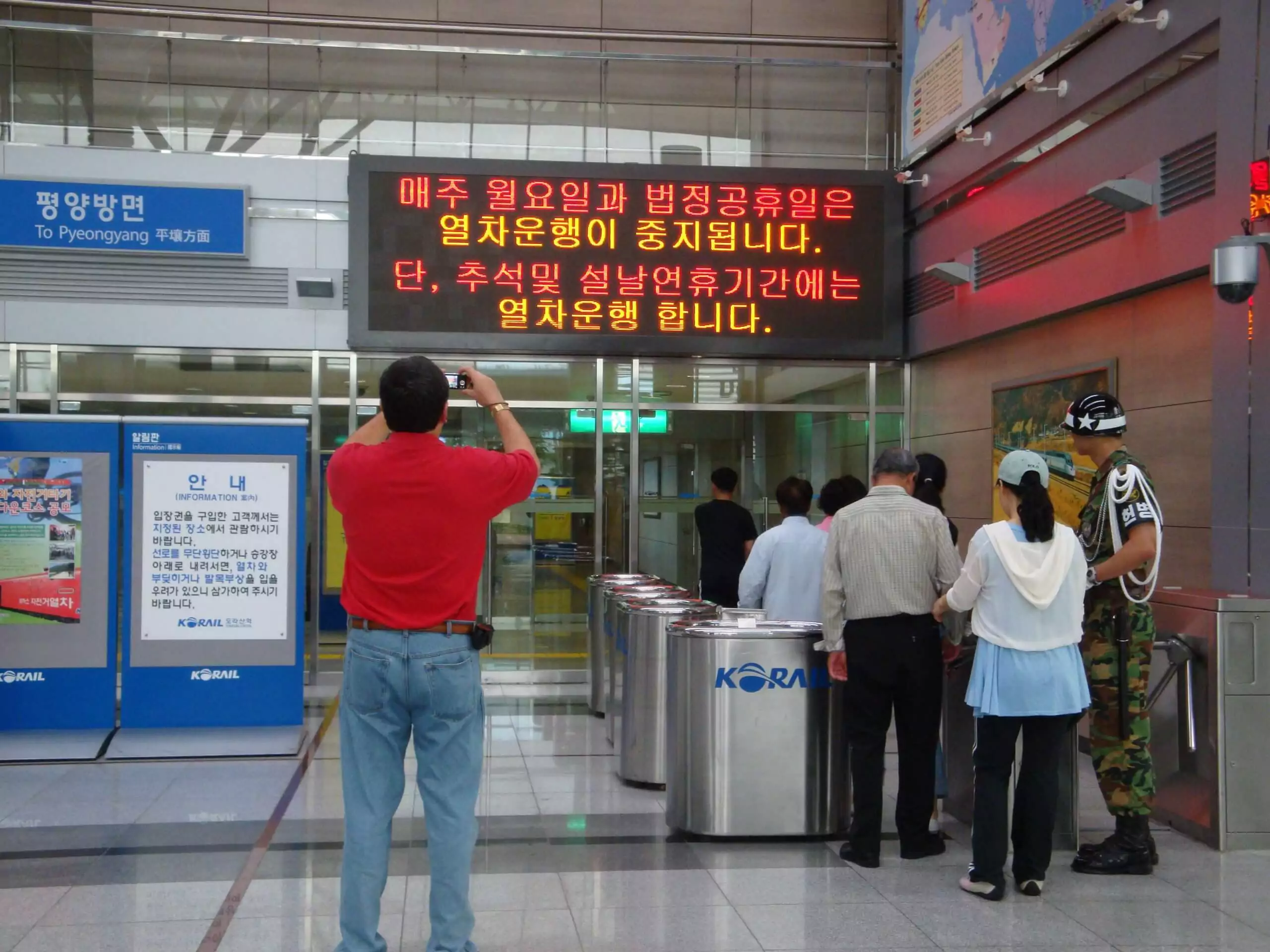
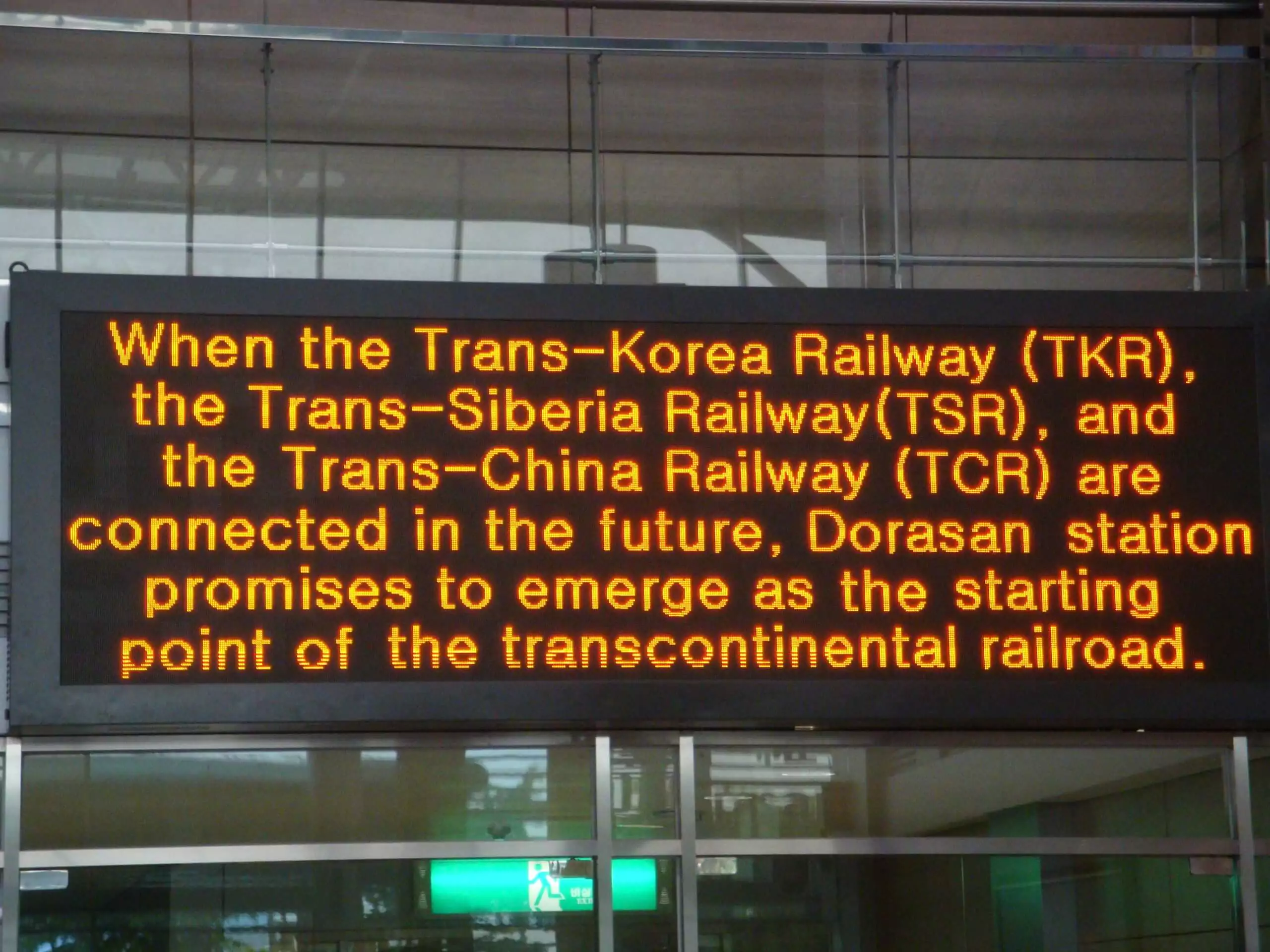
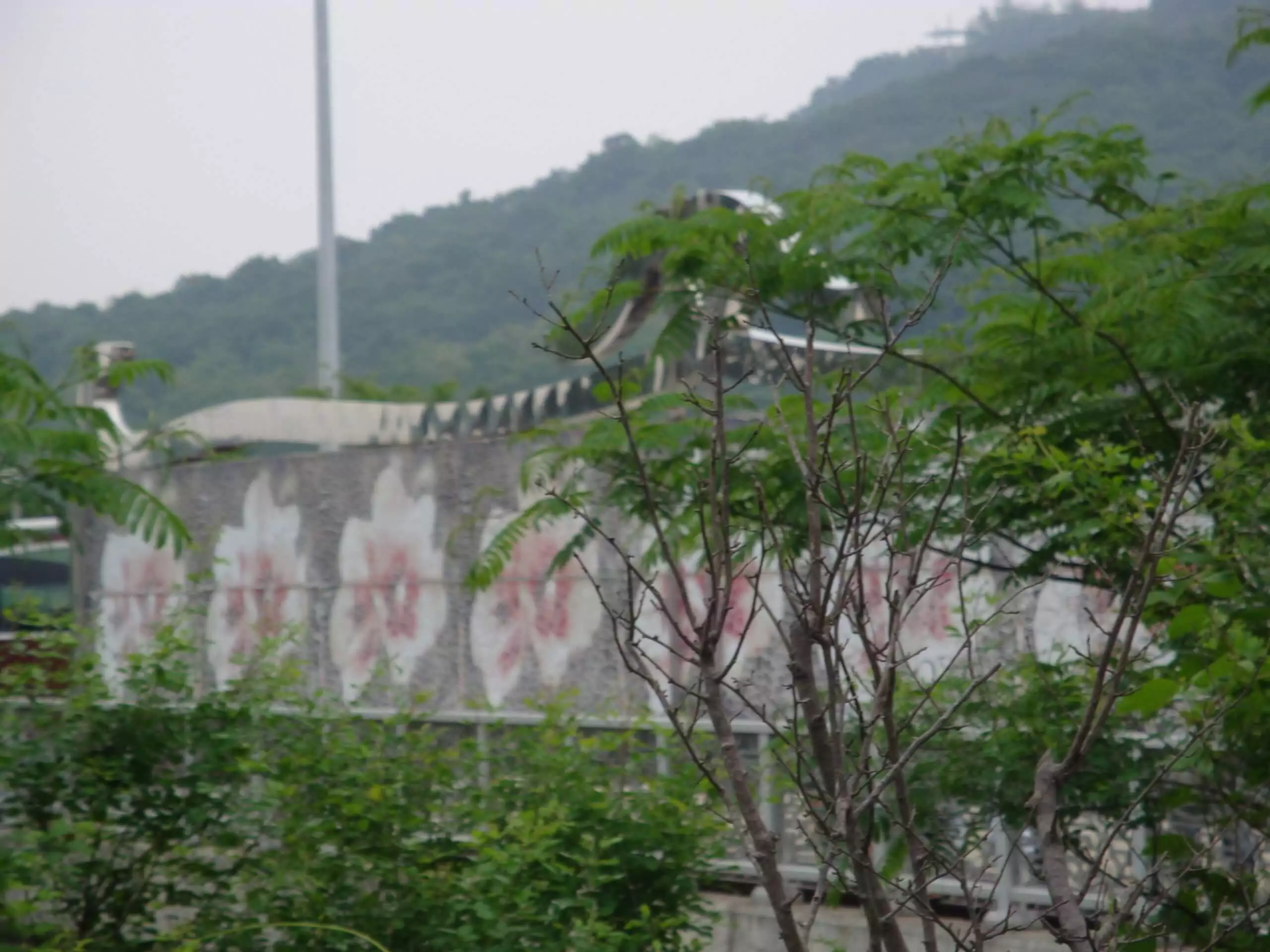
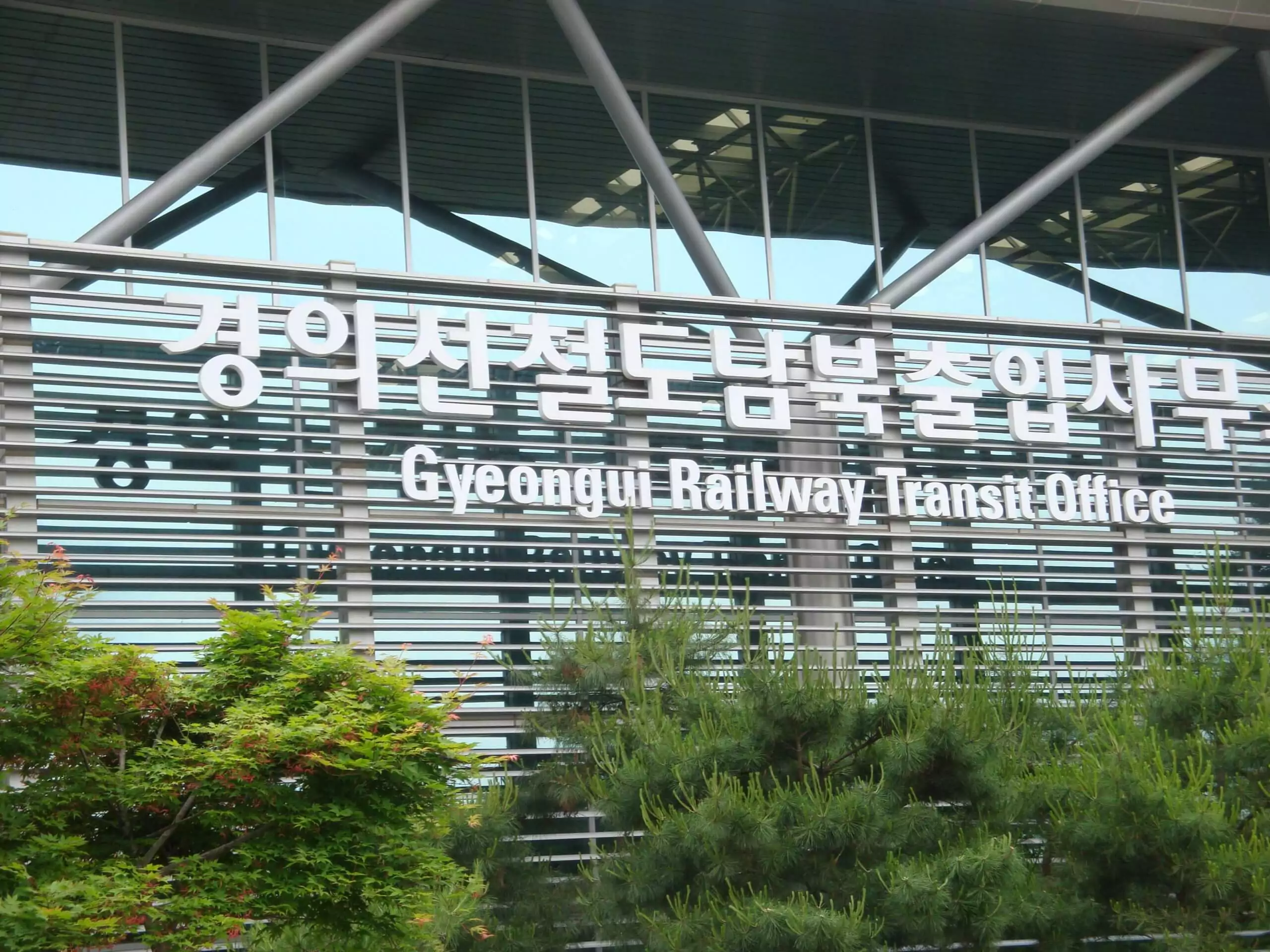
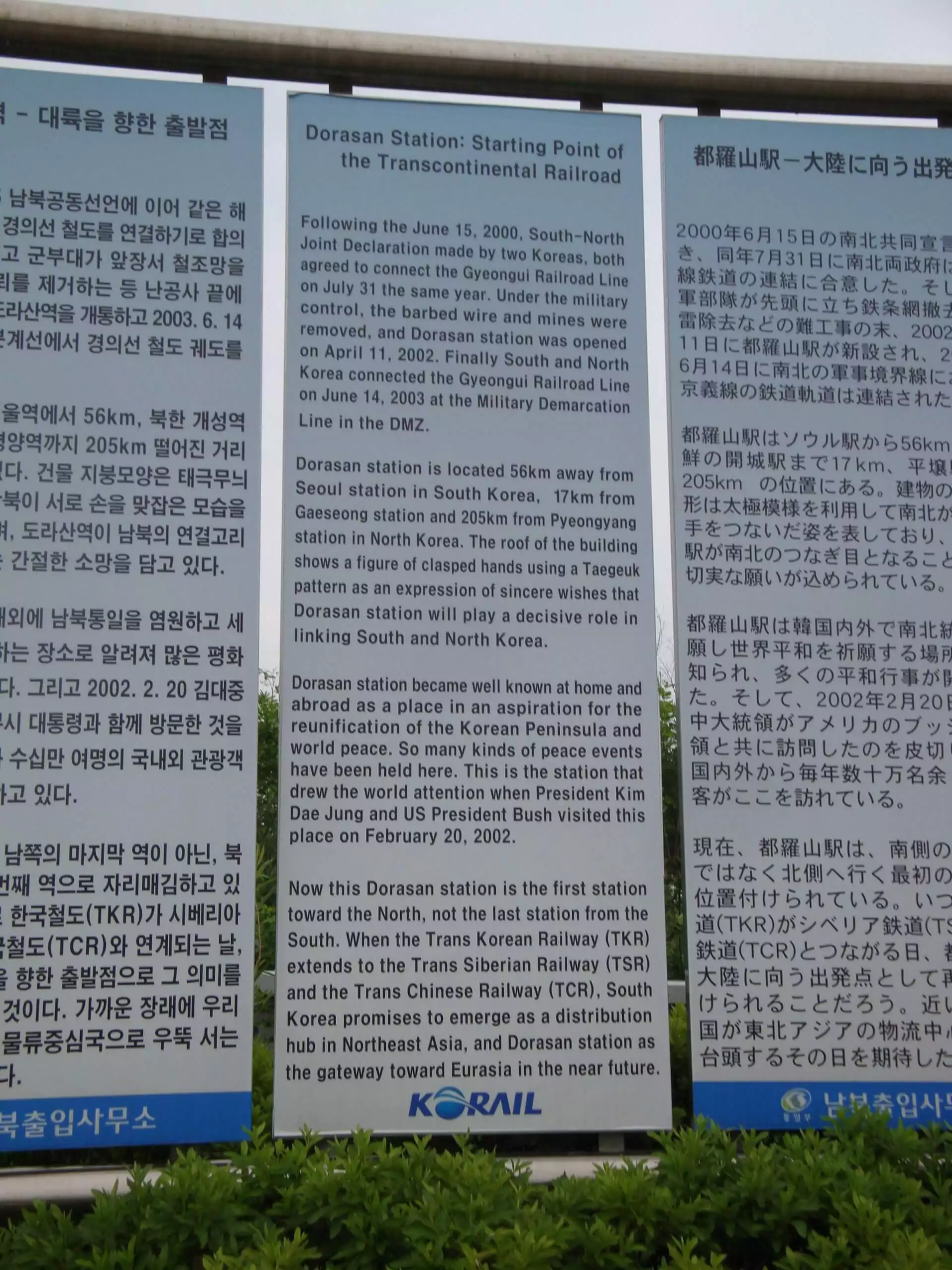
Dorasan Station is not just a place where trains come and go; it is a symbol of humanity’s collective yearning for peace and reunification. It represents the resilience of the Korean people, their hopes for a future without borders, and their determination to bridge the divide that has separated them for far too long.
Have you visited the DMZ?
In the face of adversity, the DMZ stands as a testament to the power of diplomacy, cultural preservation, and international cooperation. It is a reminder that even in the most complex of situations, there is always hope for understanding and reconciliation. Let your visit to the DMZ be a catalyst for conversations, a call to action, and a source of inspiration as we strive for a future where borders are bridges, differences are celebrated, and peace prevails.
The Demilitarized Zone is not just a physical space; it is a powerful symbol of our shared humanity. May it serve as a constant reminder that peace is possible, and that each of us has a role to play in building a more harmonious world. Let us embrace the lessons learned from the DMZ and work together towards a future where division is replaced by unity, where understanding overcomes hostility, and where the aspirations for peace become a reality.
XOXO,
Katie
In 2009 I traveled did a study abroad immersion trip to South Korea. You can find all the South Korea journal entries here.
